Michelle Robinson and Andrew Takeuchi
June 7 – July 13, 2024

The Decaying Moment
Andrew Takeuchi Instax photographs mounted in spent Instax cartridges. Each 3½” x 2¼“
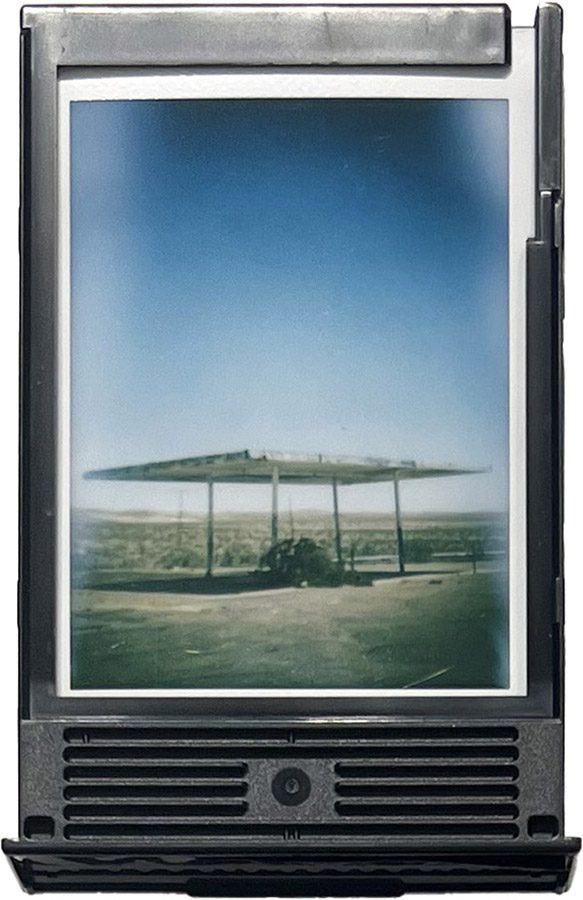
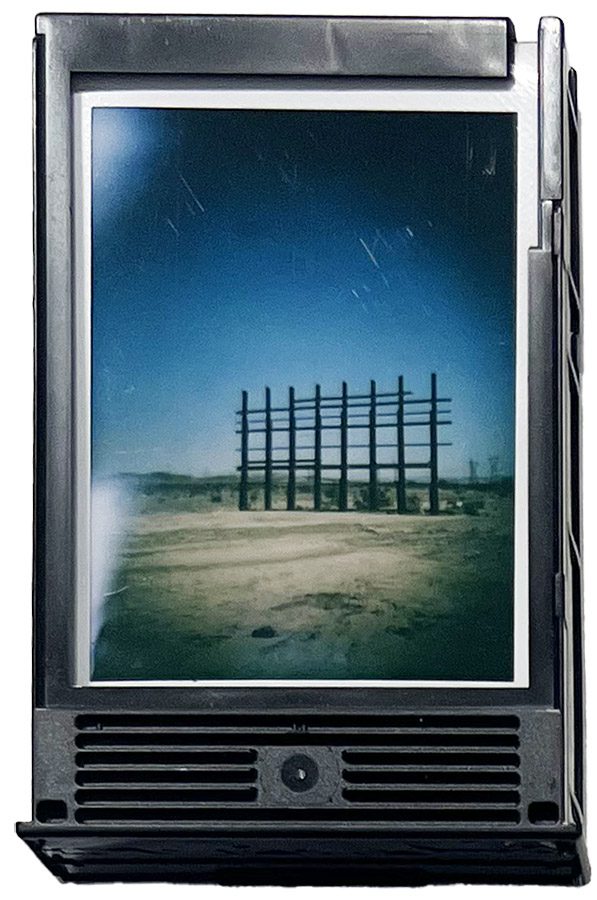
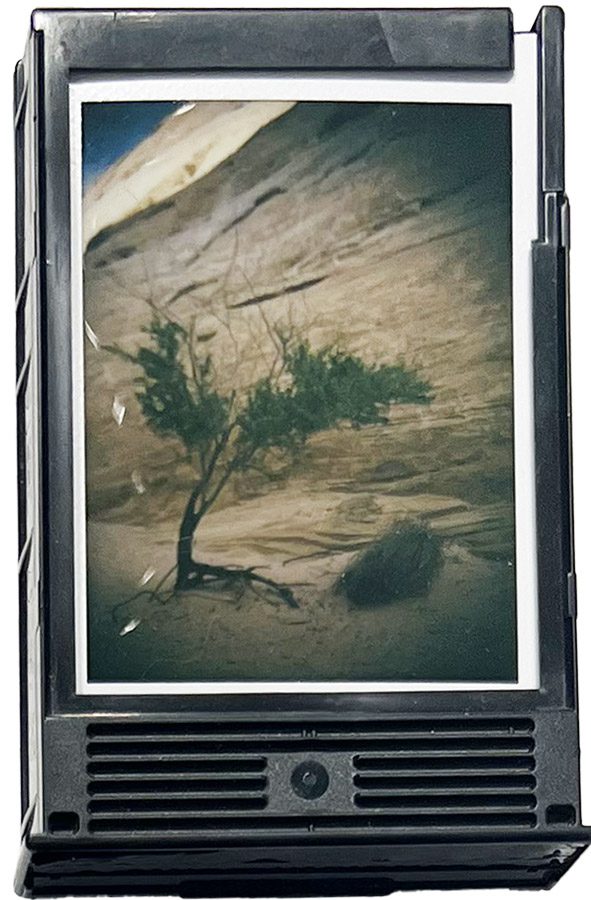
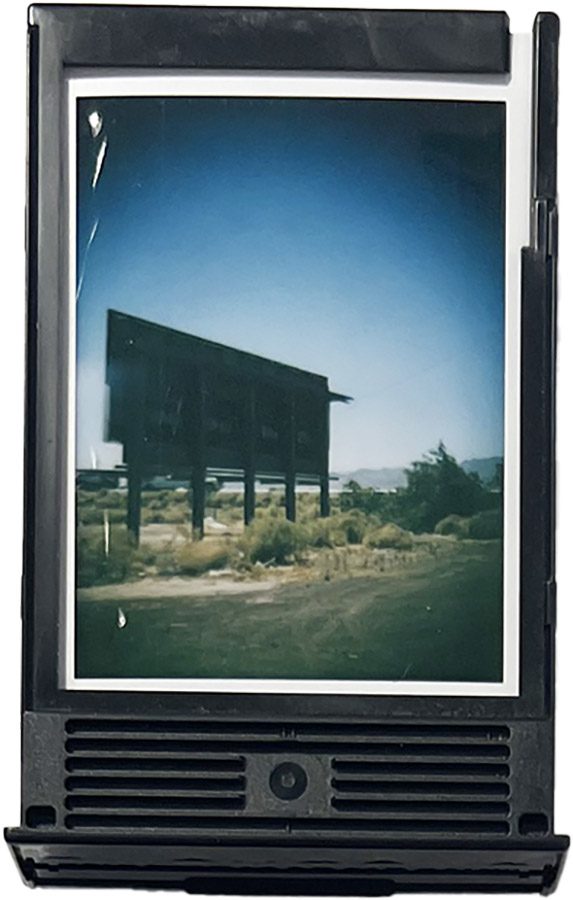
Gas Station (Yermo, CA) SOLD
Billboard skeleton wide (Yermo, CA) SOLD
Lone Tree (Red Rock Park, NV
Billboard back (Yermo, CA)

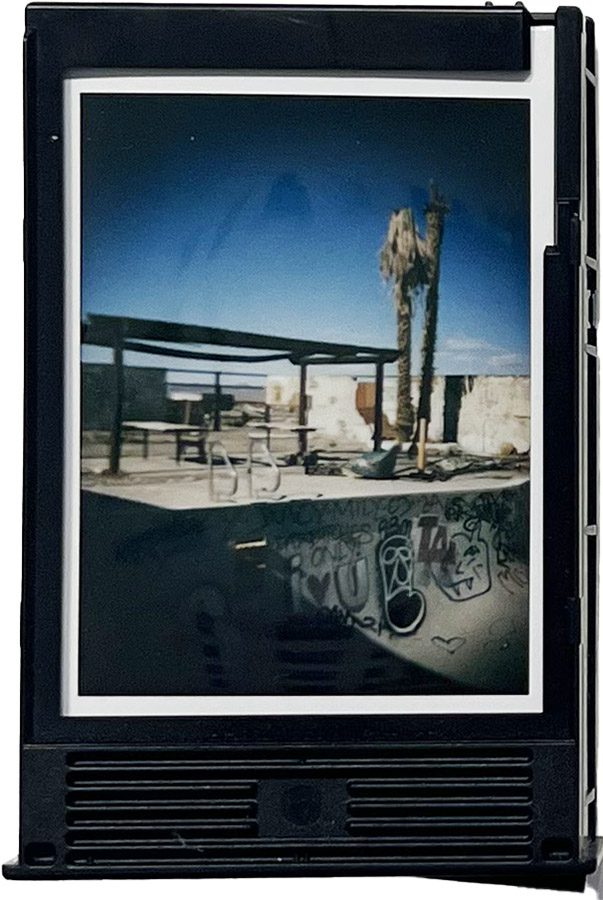


Crucifix (Riverside, CA) SOLD
Royal Hawaiian Pool 2 (Baker, CA) SOLD
Solar Farm (Pahrump, NV)
Tree in River (Los Angeles, CA)
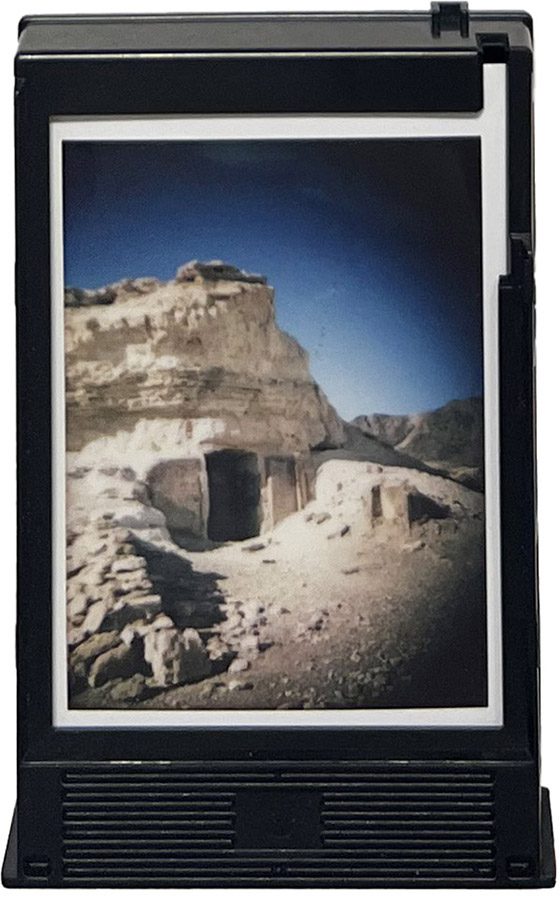
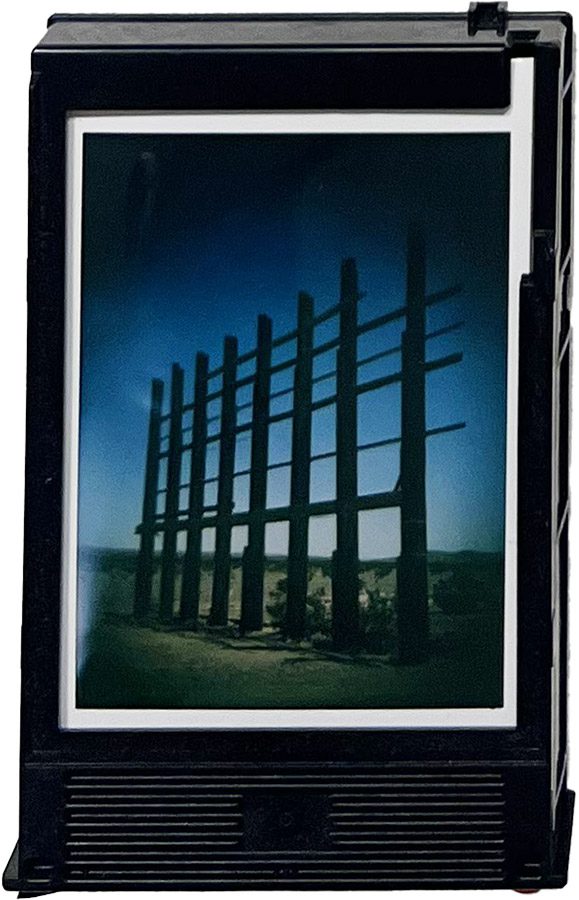


Desert Home (CA) SOLD
Billboard Skeleton (Yermo CA)
Plastic (Yermo CA) SOLD
Abandoned Store (Charlston, SC)

Plastic (Yermo, CA)
Andrew Takeuchi
Digital print on aluminum
14” x 11” x ½“
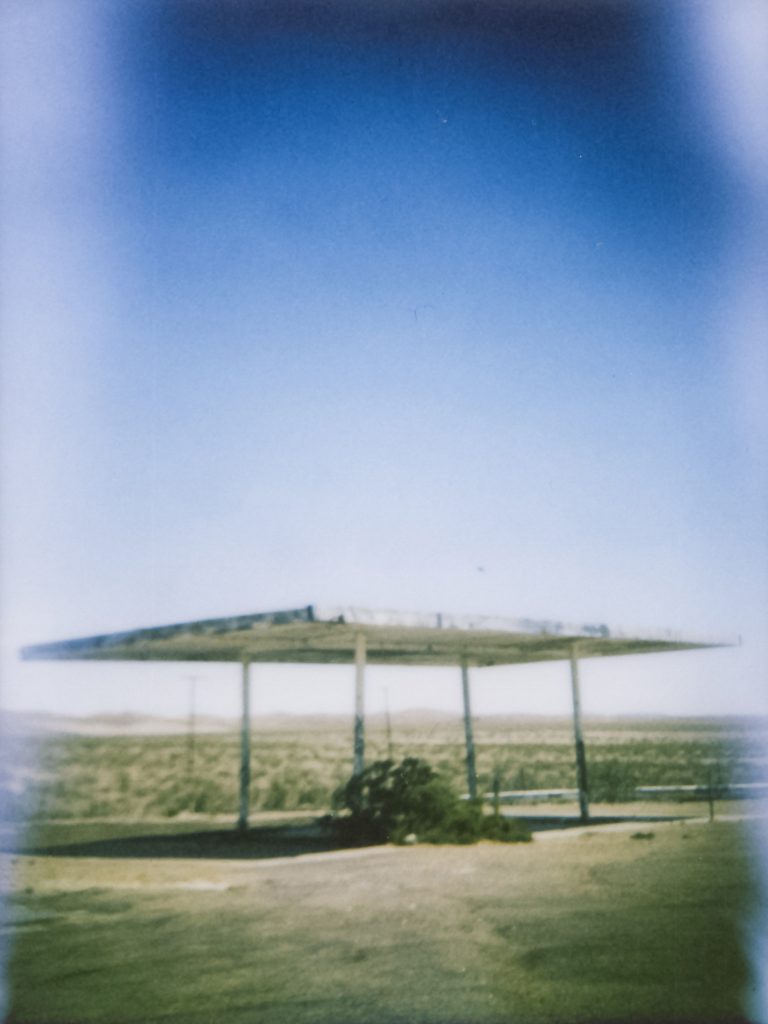
Gas Station (Yermo, CA)
Andrew Takeuchi
Digital print on aluminum
14” x 11” x ½“
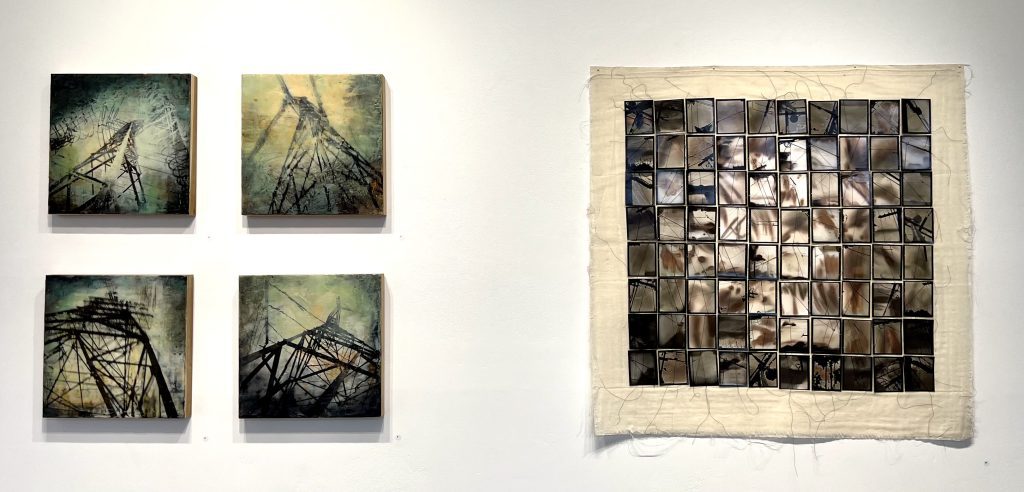
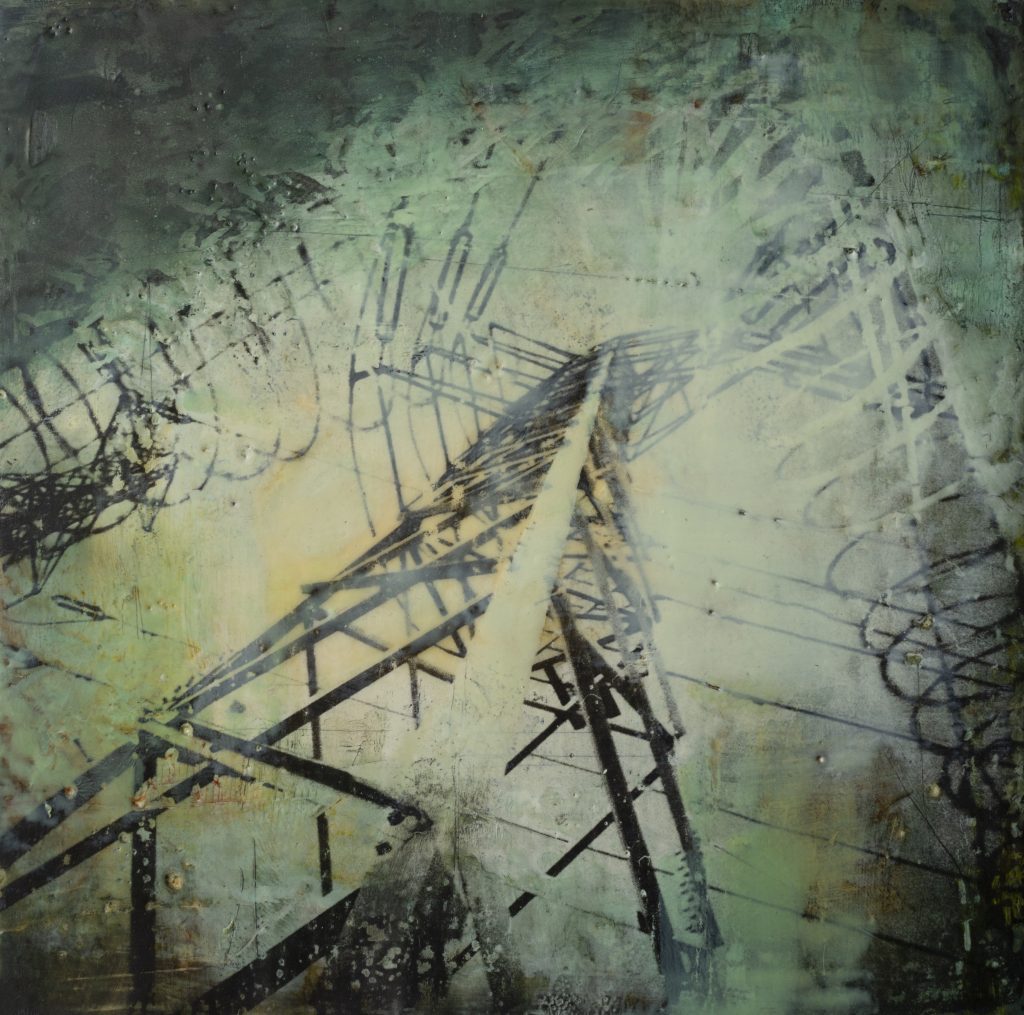
Float in Sequence 5
Michelle Robinson
Encaustic, pigment stick, photo transfer
12” x 12” x 1½“
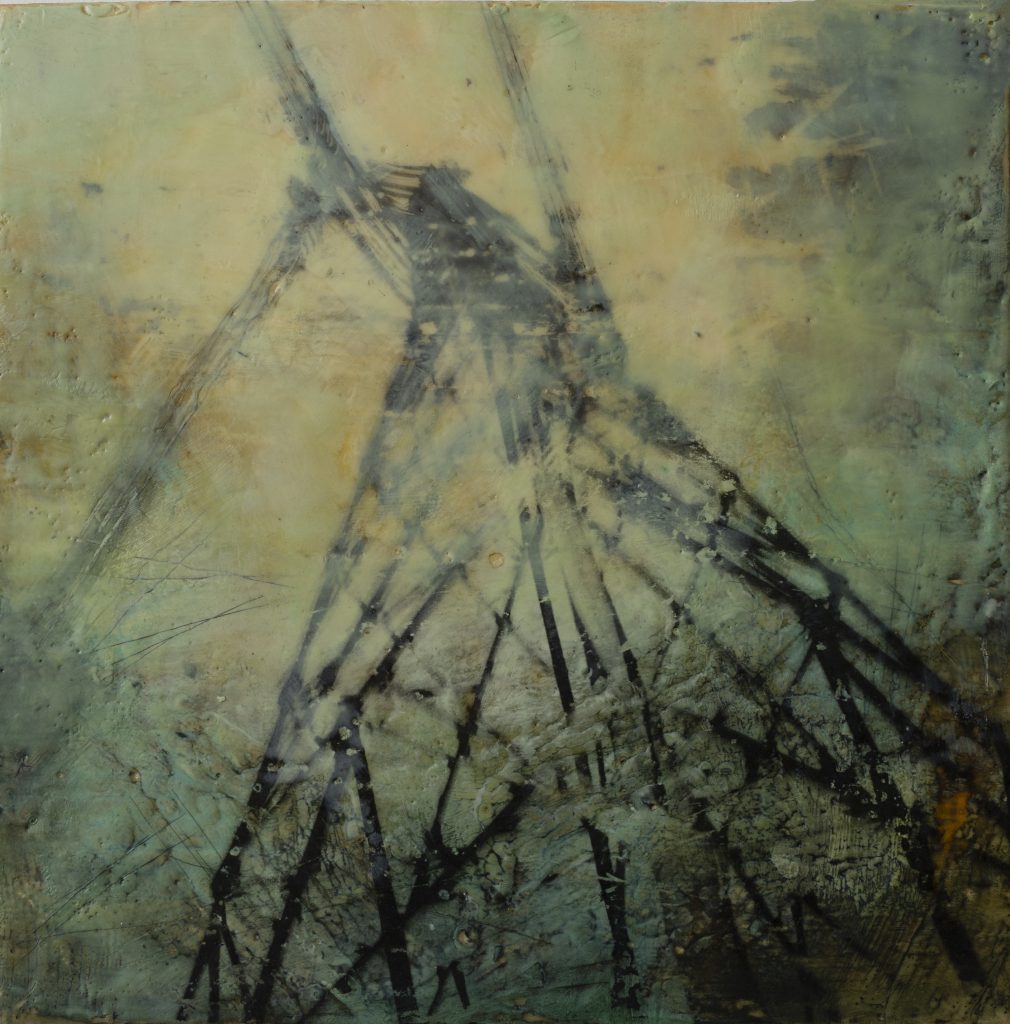
Float in Sequence 1
Michelle Robinson
Encaustic, pigment stick, photo transfer
12” x 12” x 1½“
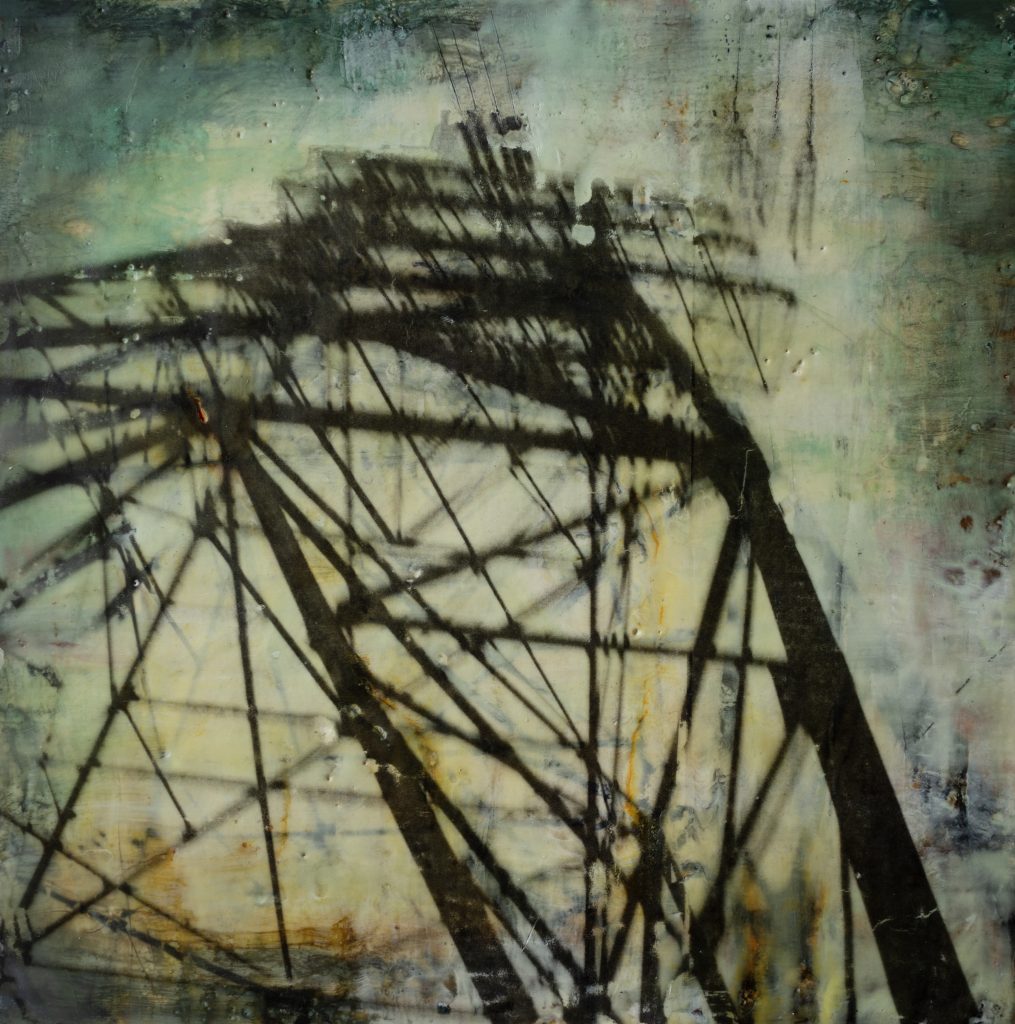
Float in Sequence 4
Michelle Robinson
Encaustic, pigment stick, photo transfer
12” x 12” x 1½“
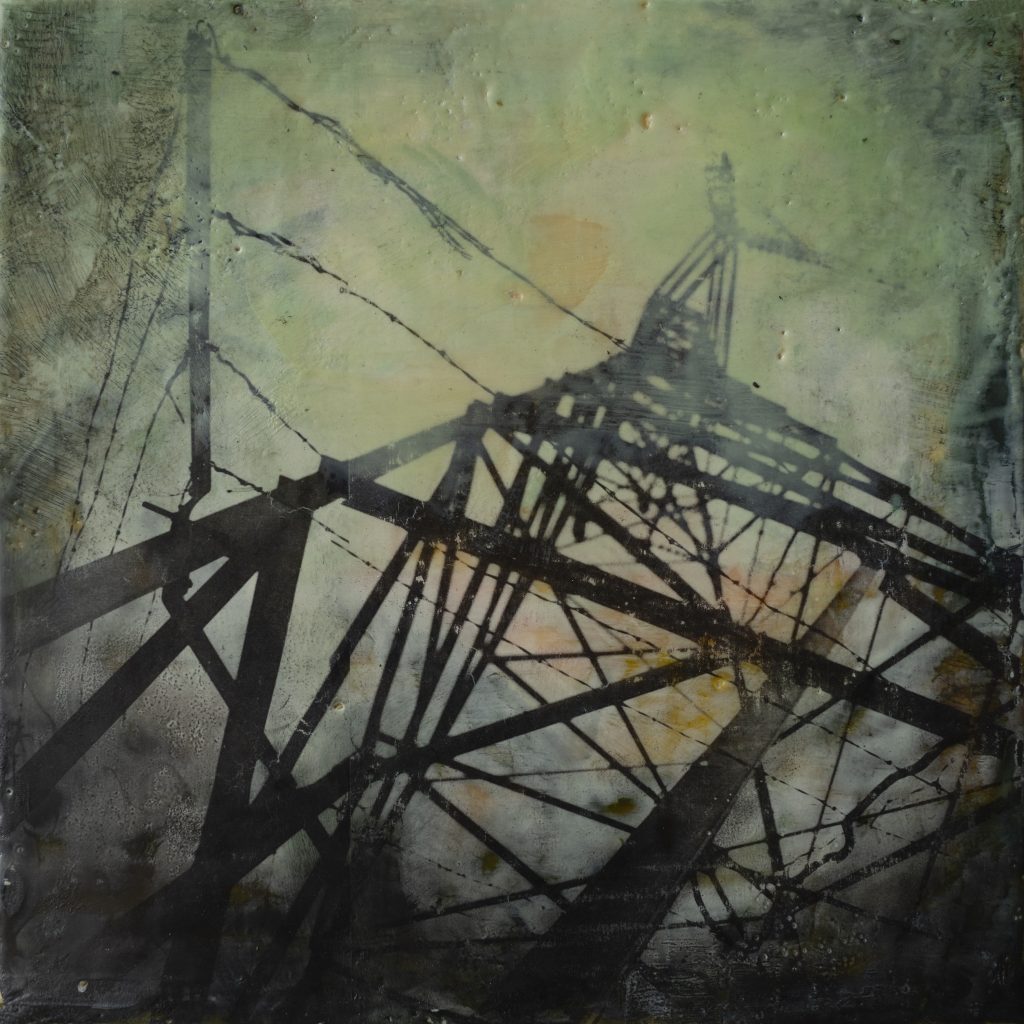
Float in Sequence 6
Michelle Robinson
Encaustic, pigment stick, photo transfer
12” x 12” x 1½“
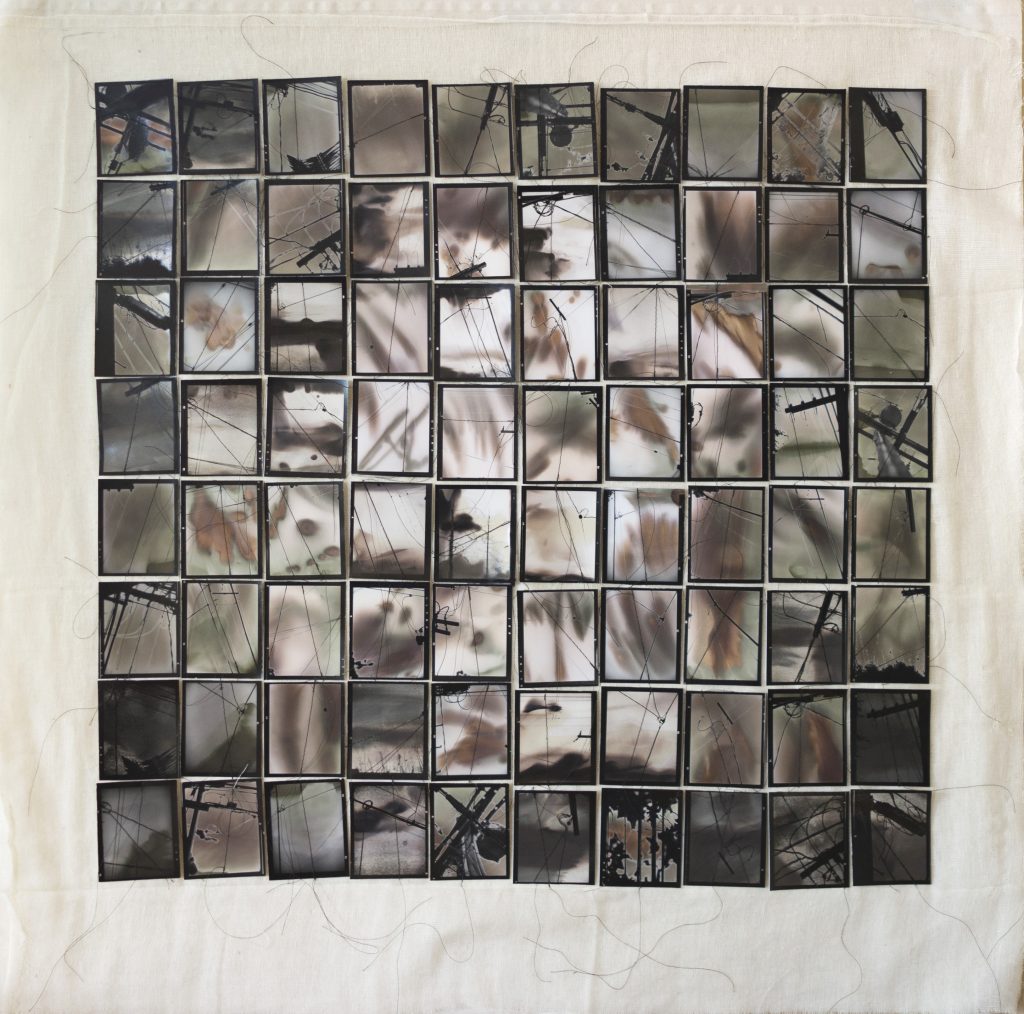
Sky Saw
Michelle Robinson
Silver gelatin prints, cheesecloth, canvas, thread
31¼” x 31¼”

The Decaying Moment
Andrew Takeuchi Instax photographs mounted in spent Instax cartridges. Each 3½” x 2¼“

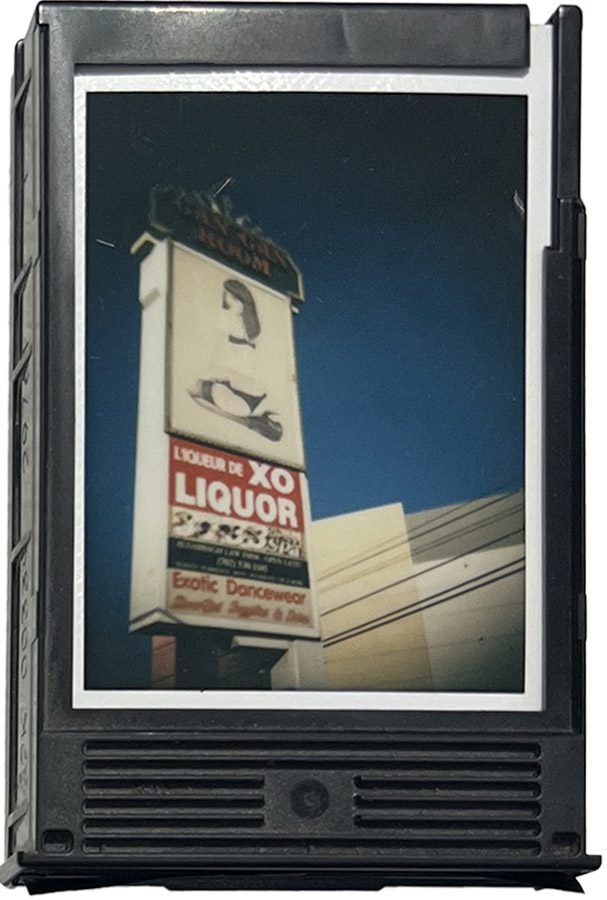
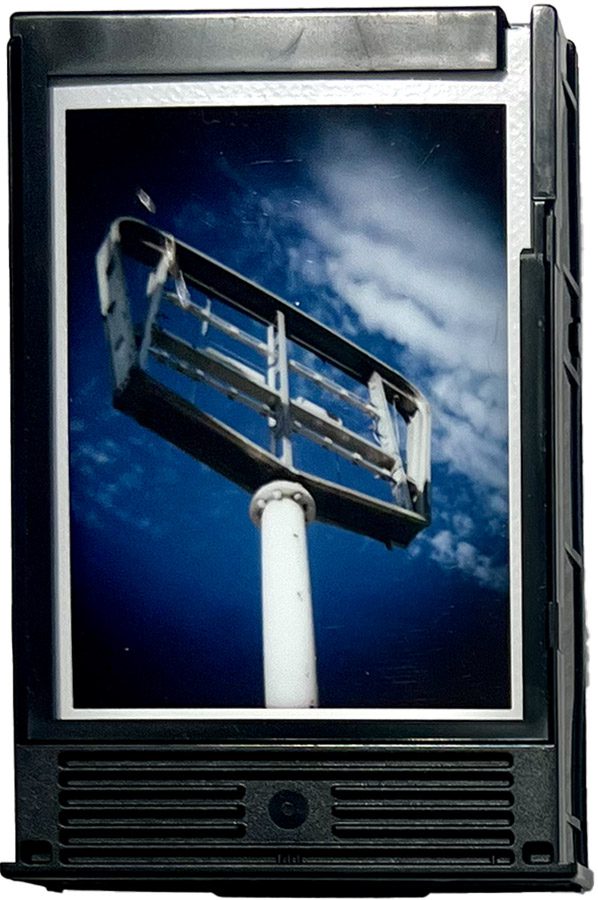
Drinks (Yermo, CA)
Exotic Dancewear (Las Vegas, NV) SOLD
Empty sign white (Greeley, CO) SOLD
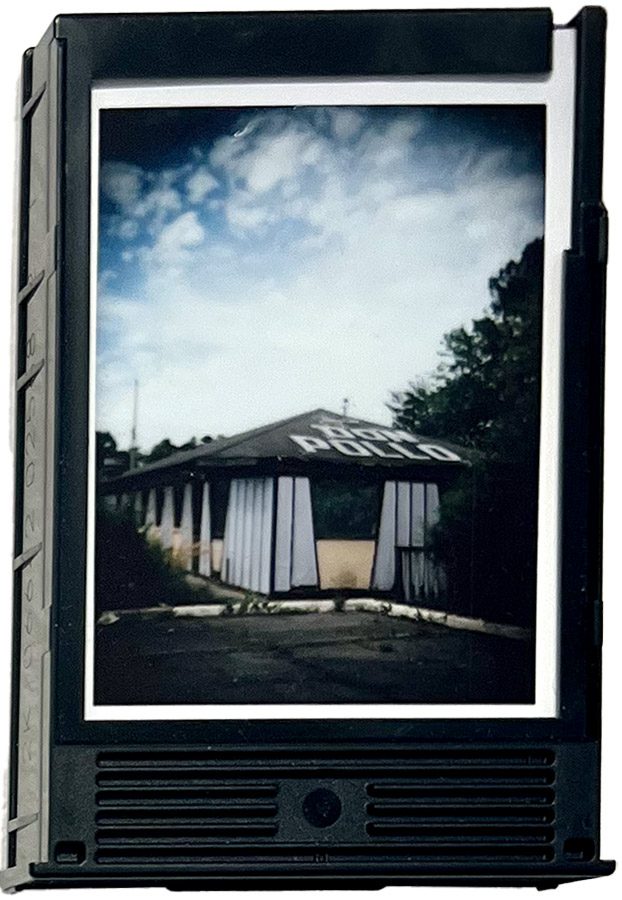
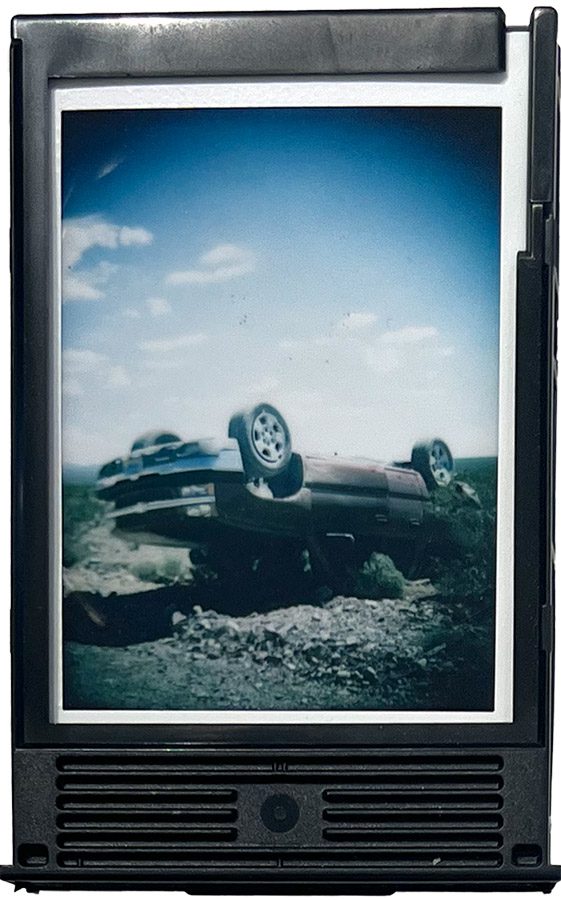
Left
Blue Window (Richmond, VA)
Right
ESUV flipped (Pahrump, NV) SOLD
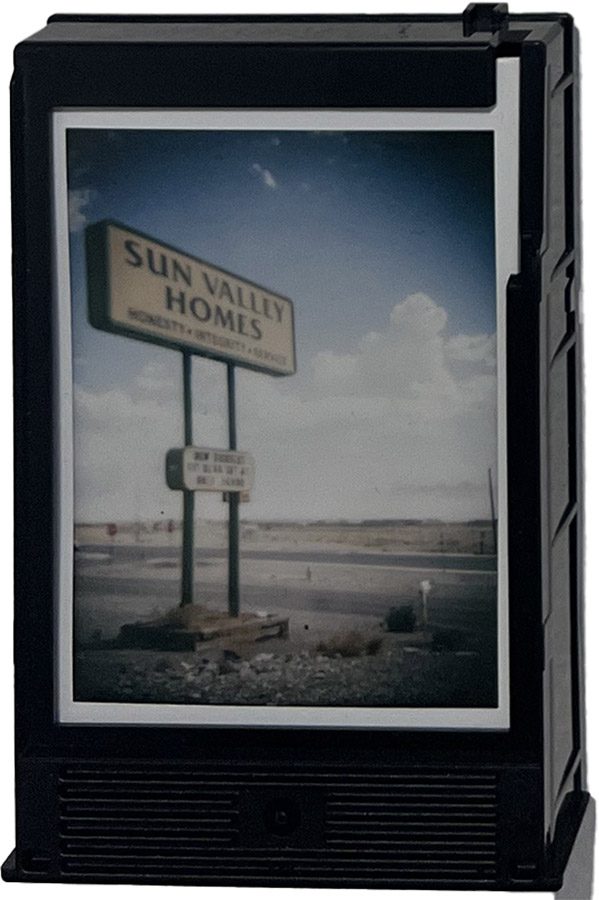
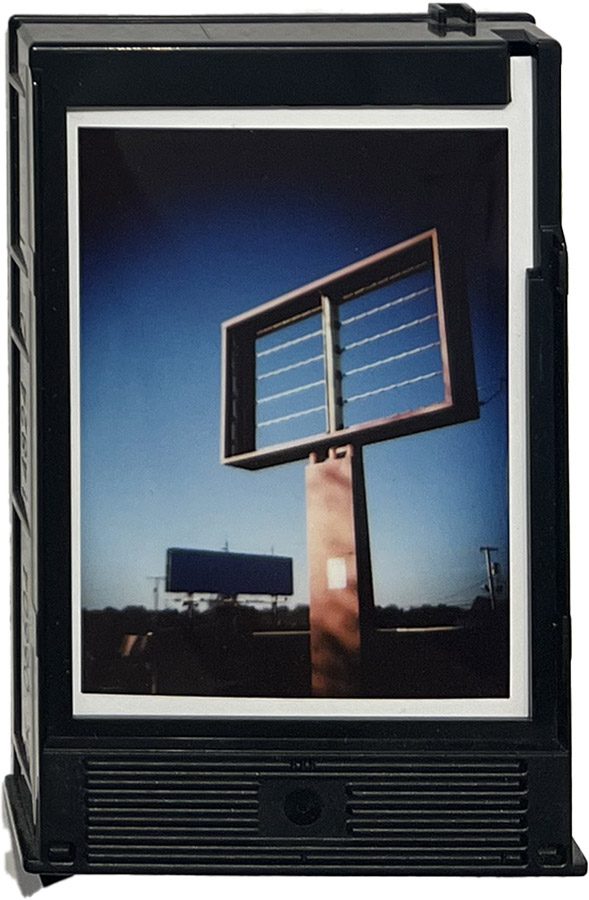
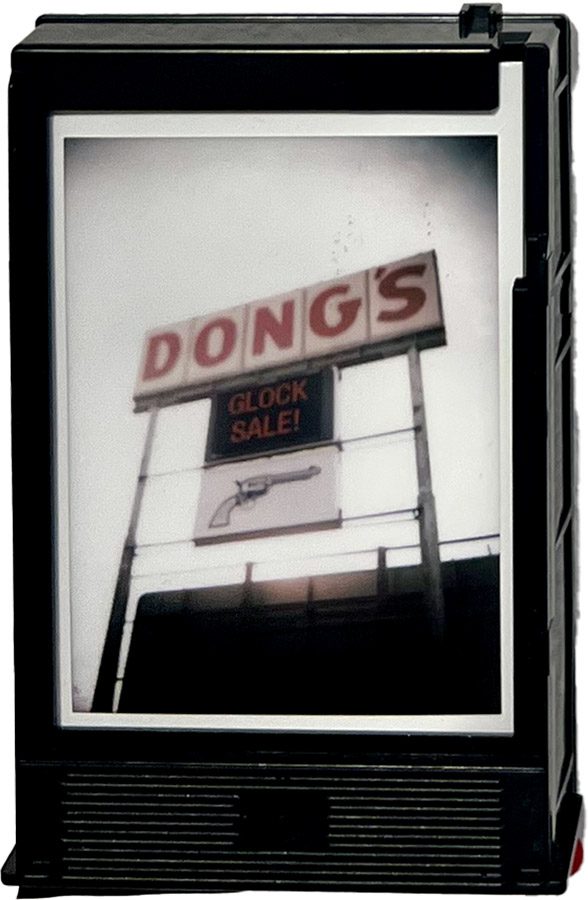
Sun Valley Homes
Empty sign red (Tulsa, OK)
Dongs (Tulsa, OK) SOLD
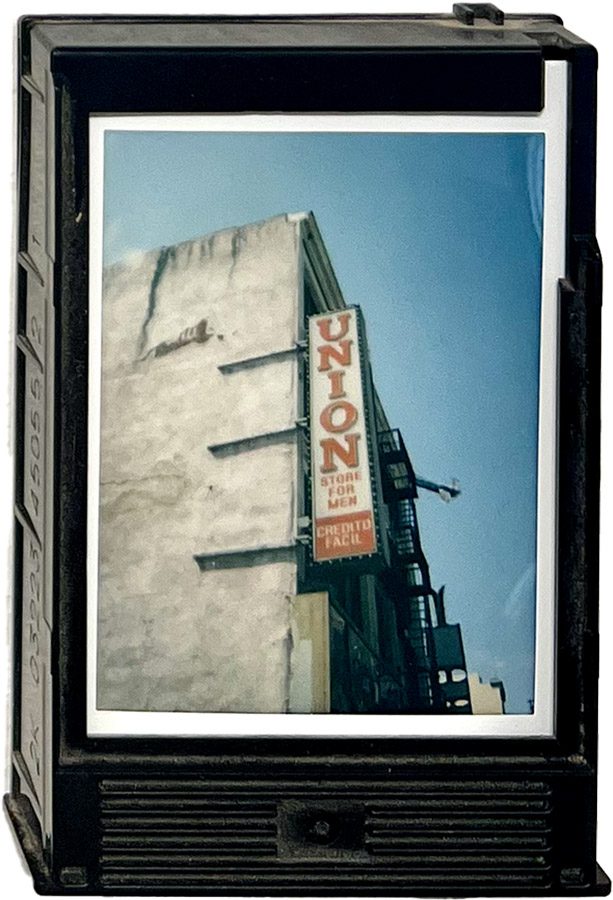

Left
Union (Columbia, SC)
Right
Flamingo Club (Redlands, CA) SOLD
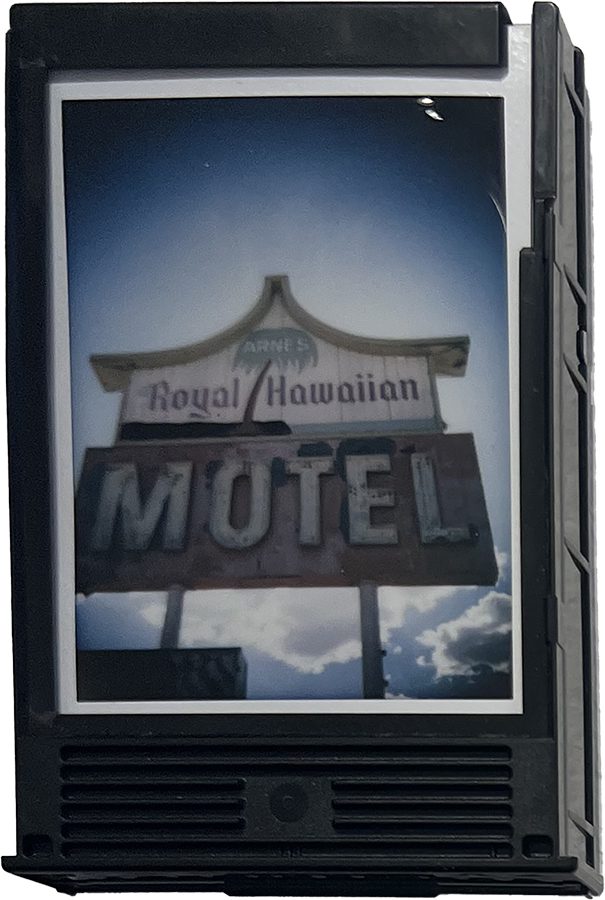
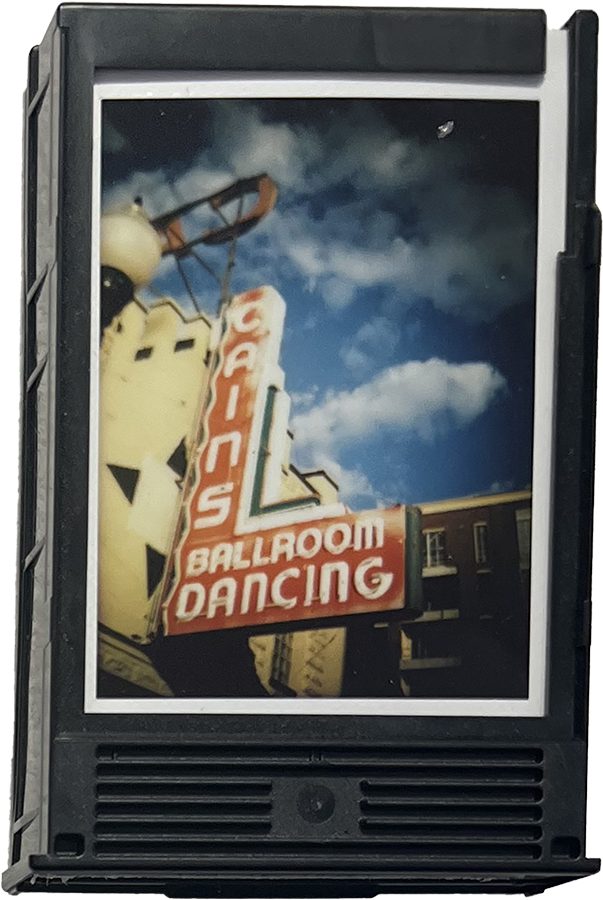

Royal Hawaiian Sign (Baker, CA)
Ballroom Dancing(Tulsa, OK) SOLD
We Buy Souls (Echo Park, CA)
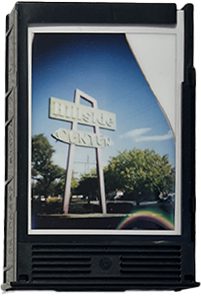
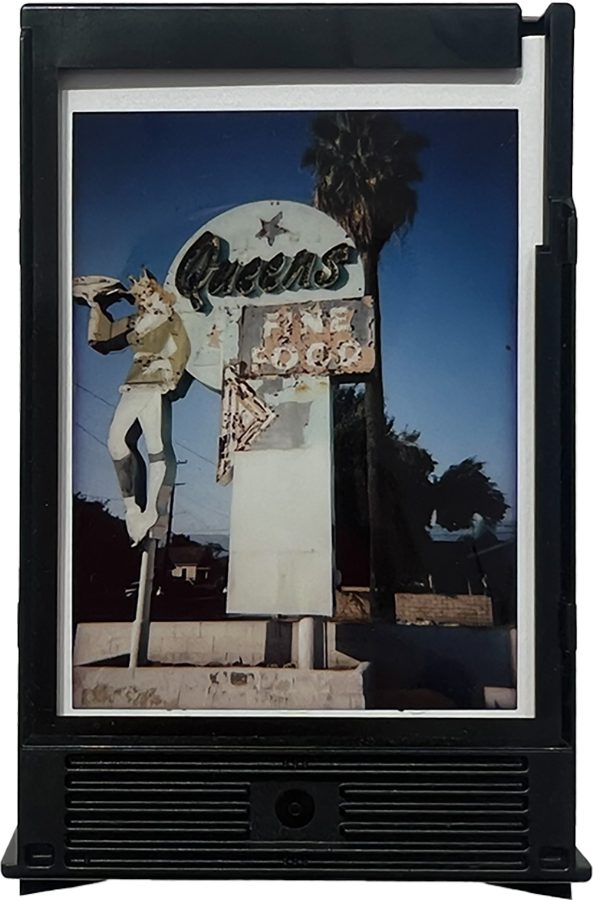
Left
Hillside Center (Greeley, CO)
Right
Queens Drive in (San Bernardino, CA) SOLD
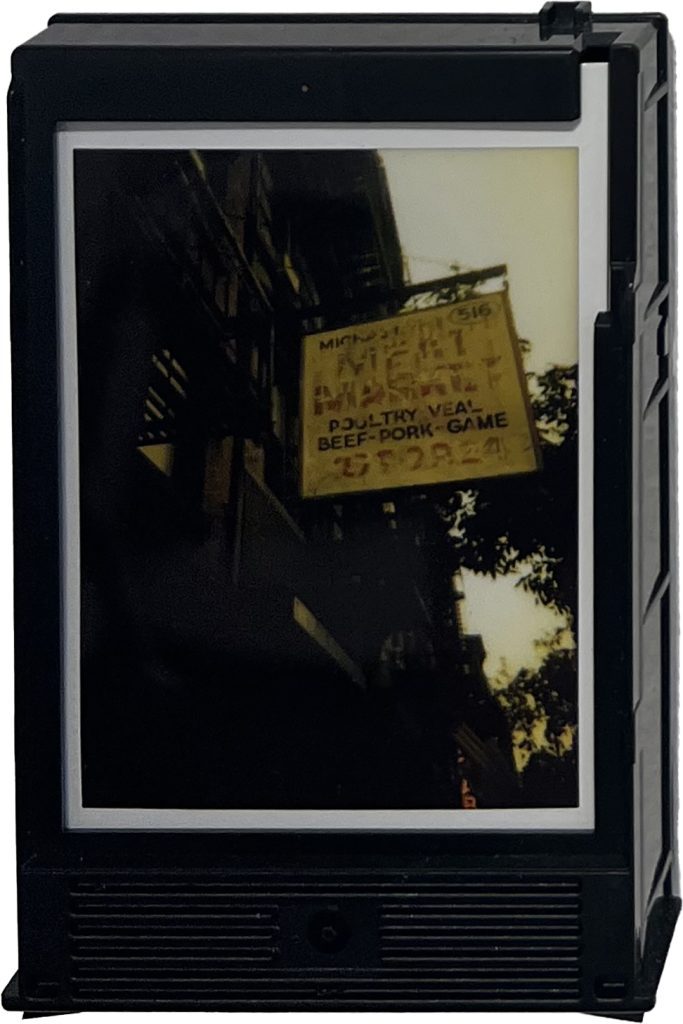
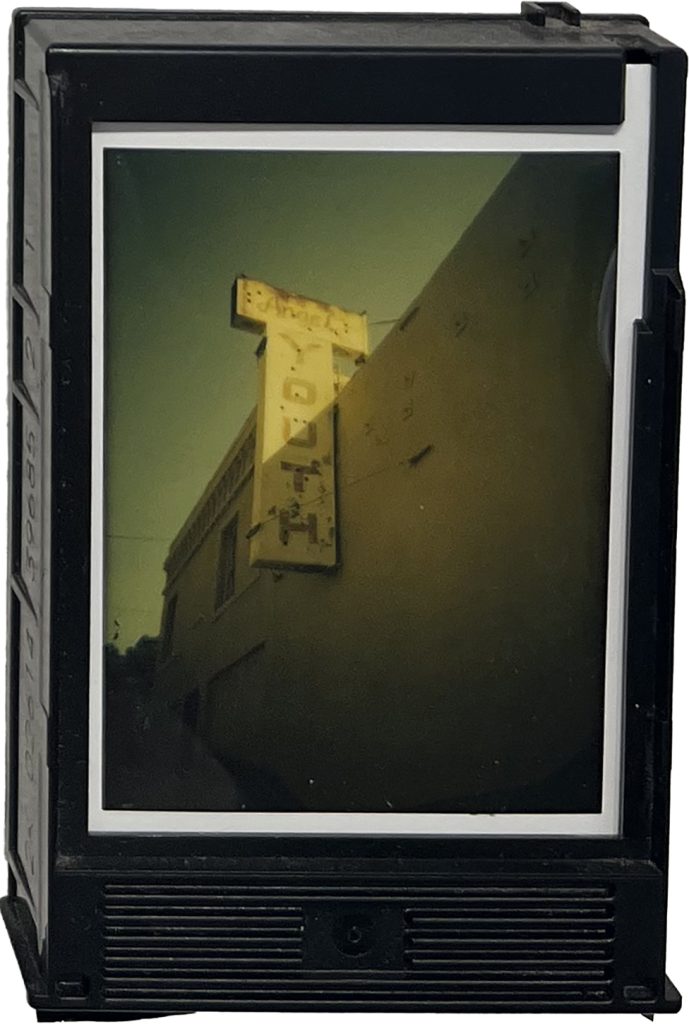
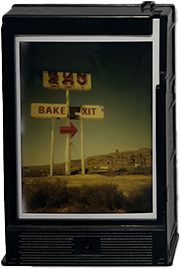
Meat (NYC, NY)
Angel Youth (Los Angeles, CA)
Bun Boy (Baker, CA)
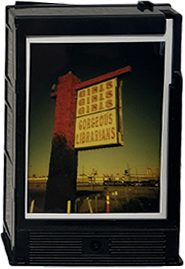
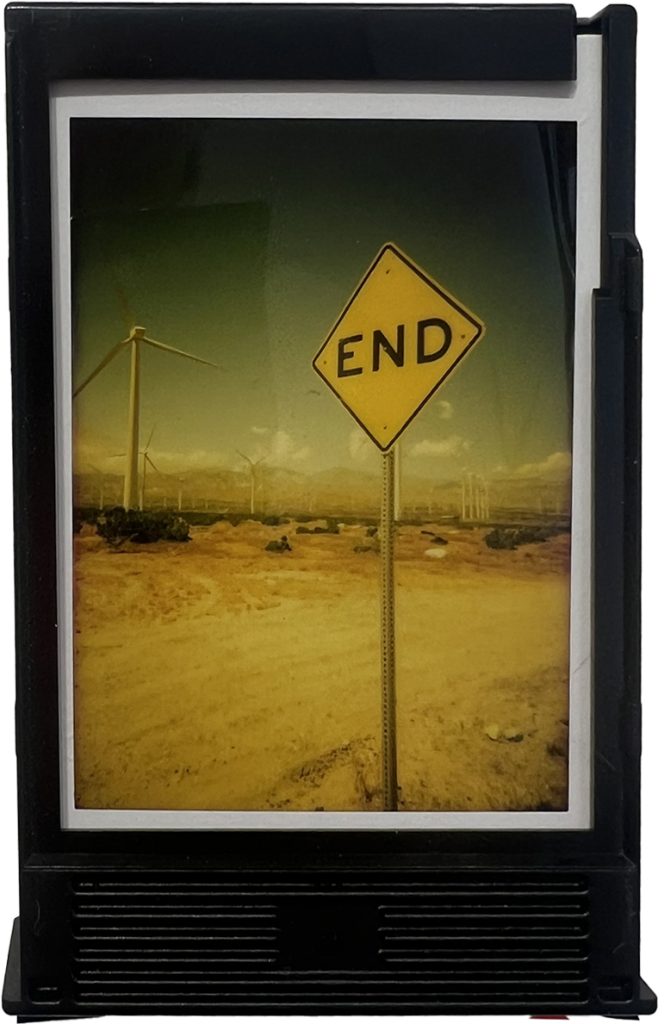
Left
Gorgeous Librarians (Las Vegas, NV) SOLD
Right
End (Palm Desert, CA) SOLD



Collapsing railing (Charleston, SC)
Richmond Train Bridge (Richmond, VA)
Richmond River (Richmond, VA) SOLD

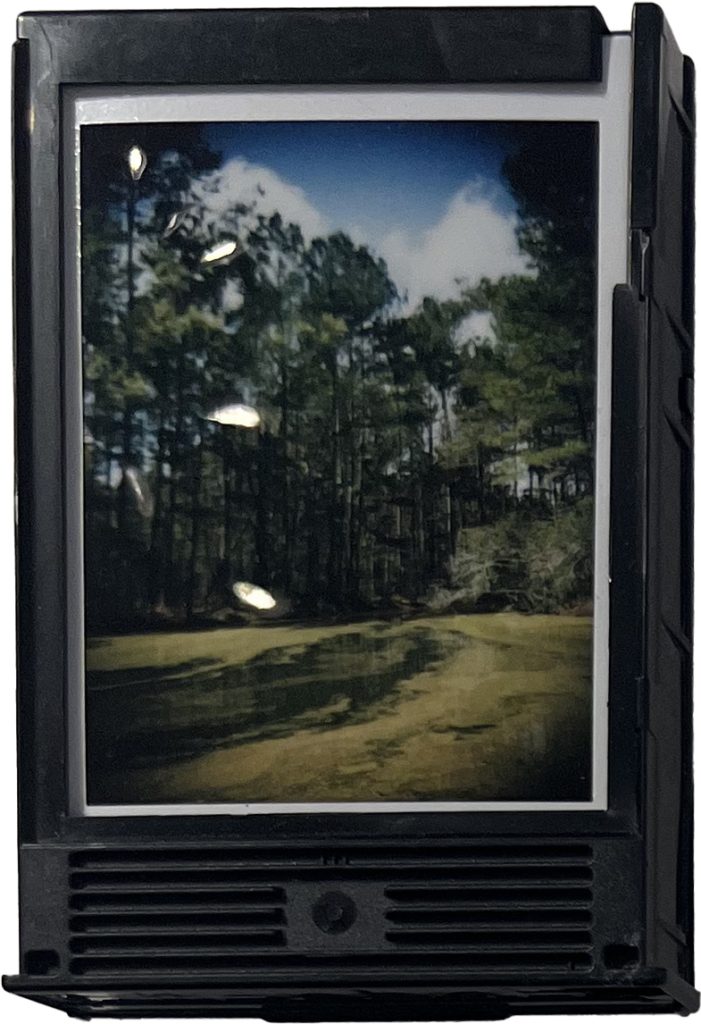
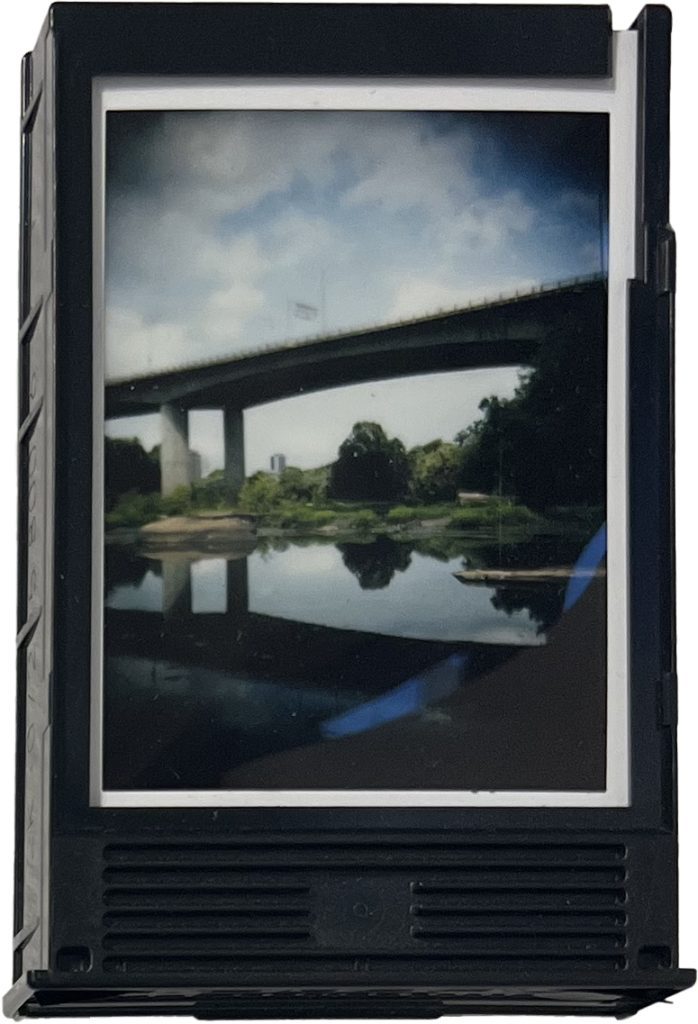
Sunken Bridge (Columbia, SC)
Pollen River (Charleston, SC)
Richmond Bridge (Richmond, VA)
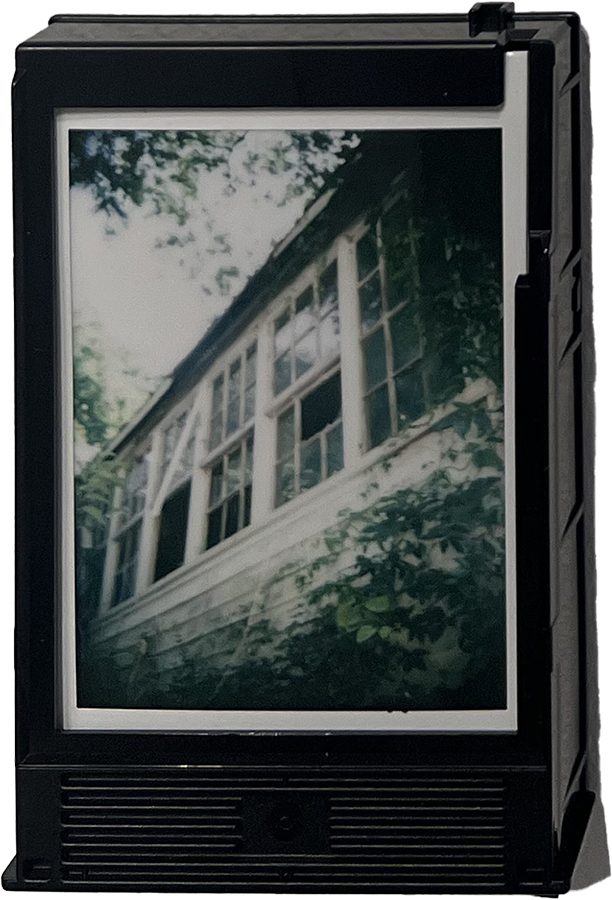
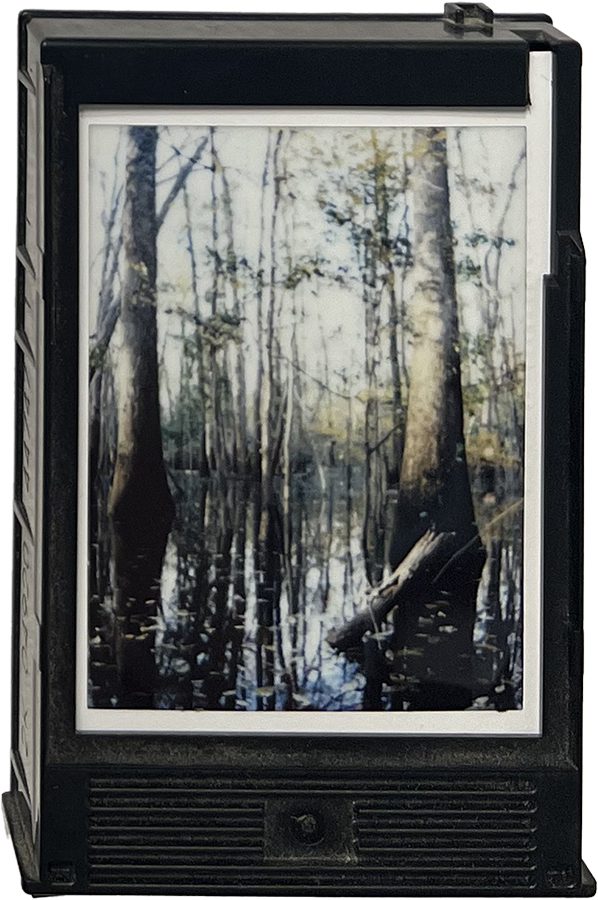
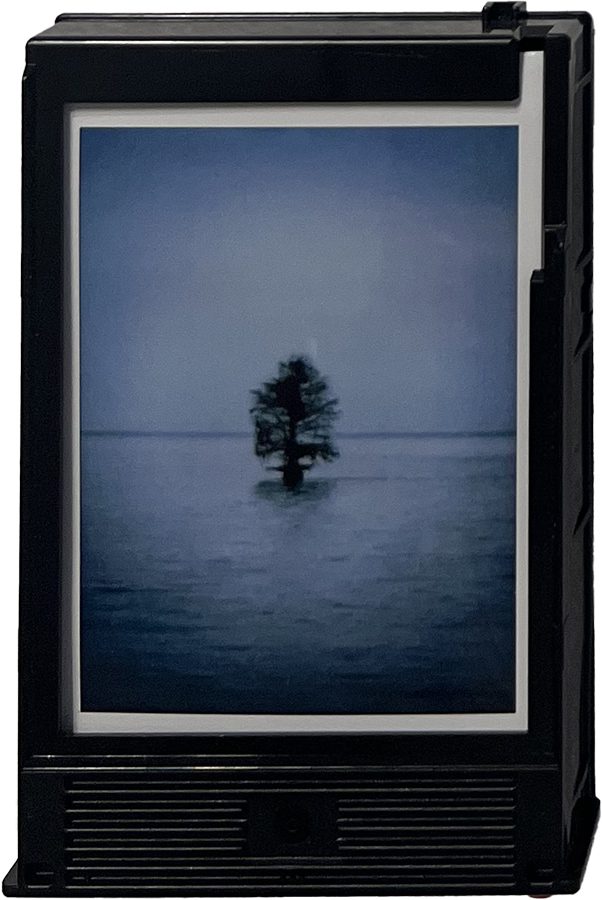
Windows w/vines (Pineville, SC)
Trees in Swamp (Columbia, SC) SOLD
Tree in Lake (Bonneau Beach, SC) SOLD

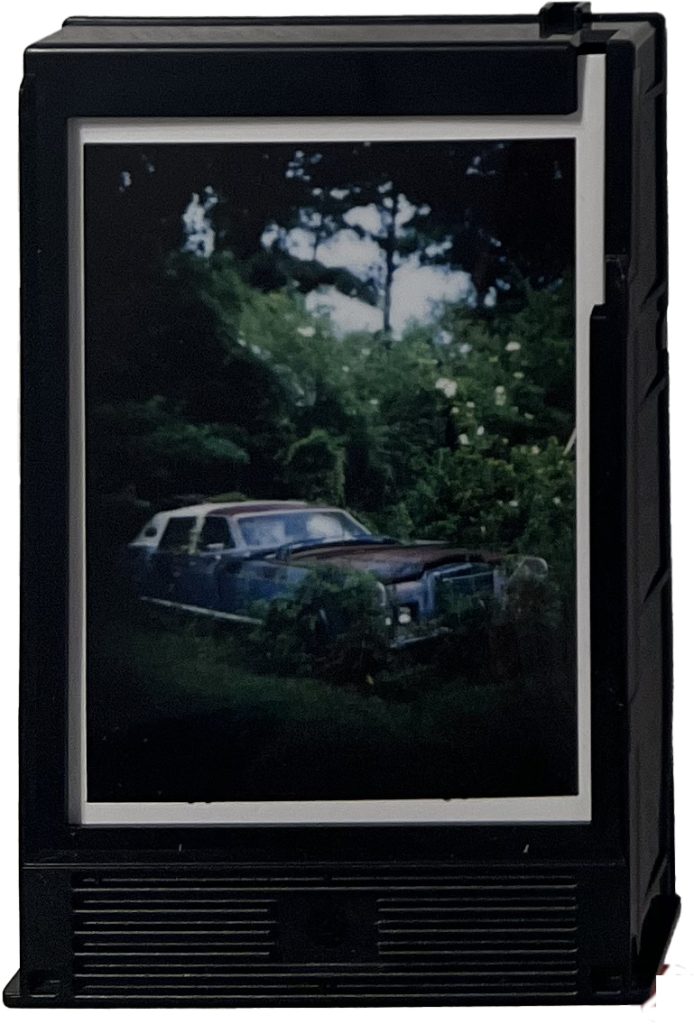

Mannequin in Grass (Los Angeles, CA) SOLD
Overgrown Car (Moncks Corner, SC) SOLD
River Building (Richmond, VA)

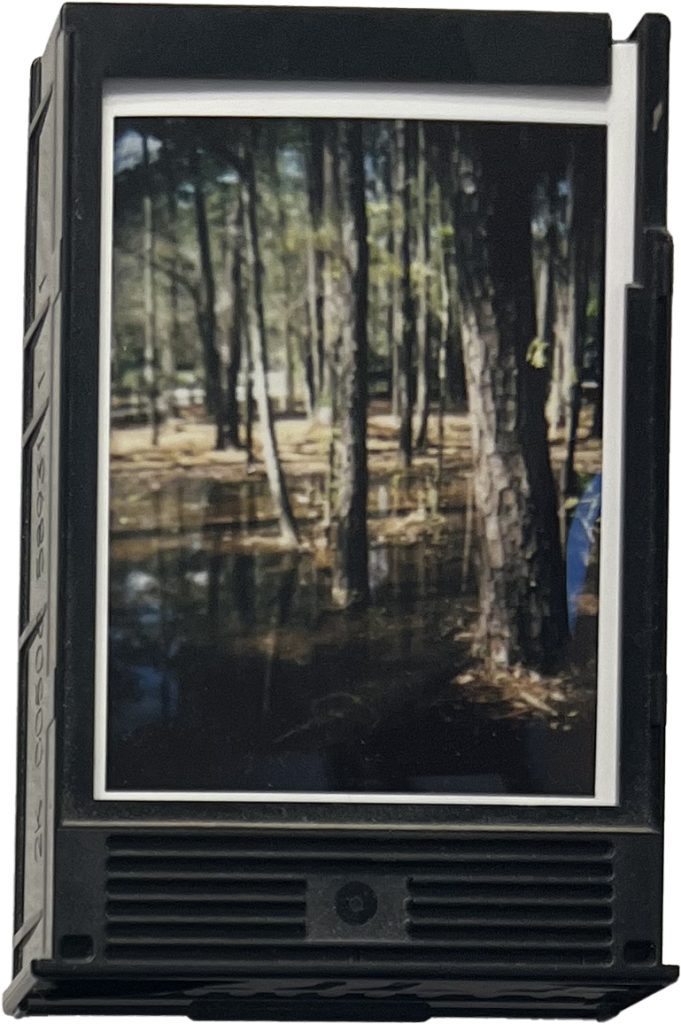

Abandoned House w/vines 2 (Pineville, SC)
Tree Swamp (Charleston, SC)
Richmond River (Richmond, VA)


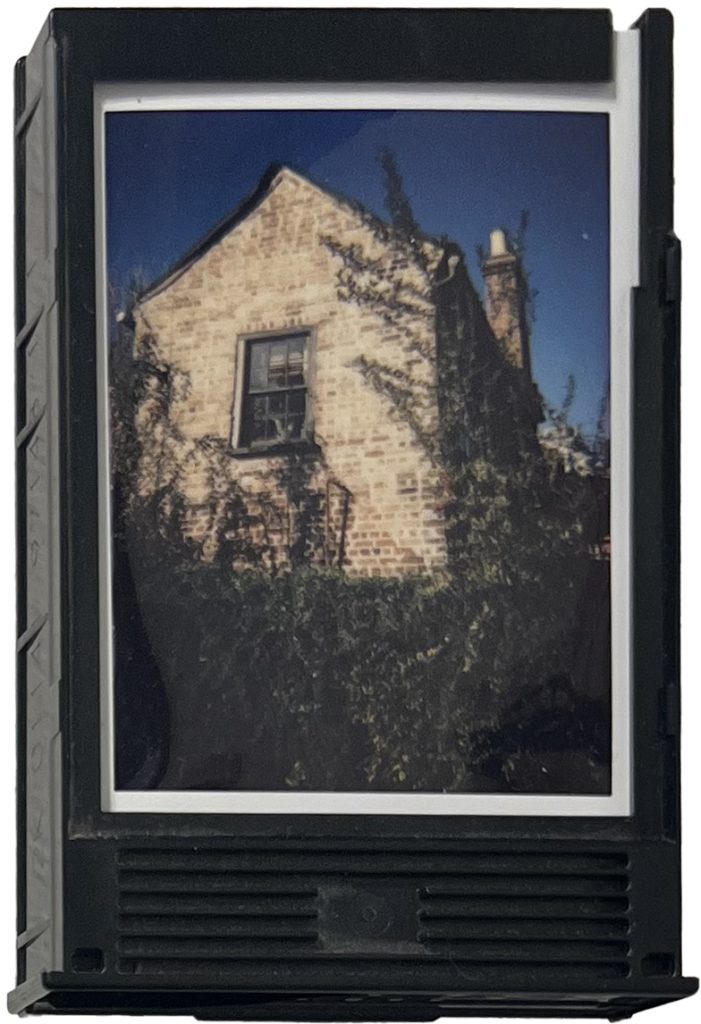
Red X door (Monck Corner, SC)
River Grate (Richmond, VA) SOLD
House vines (Charleston, SC)
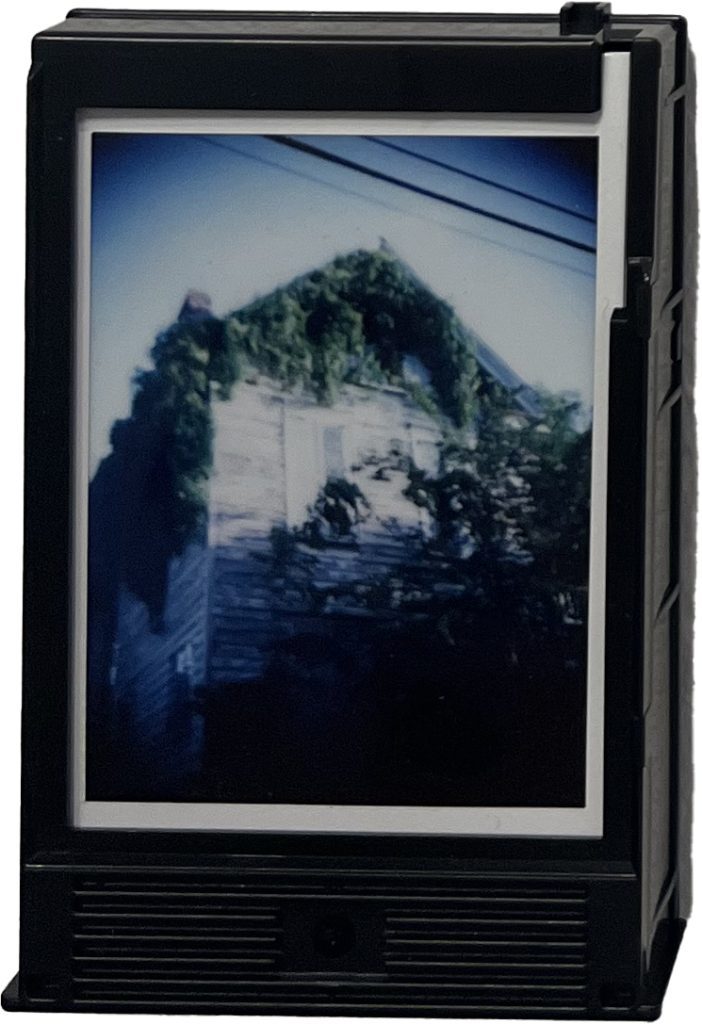

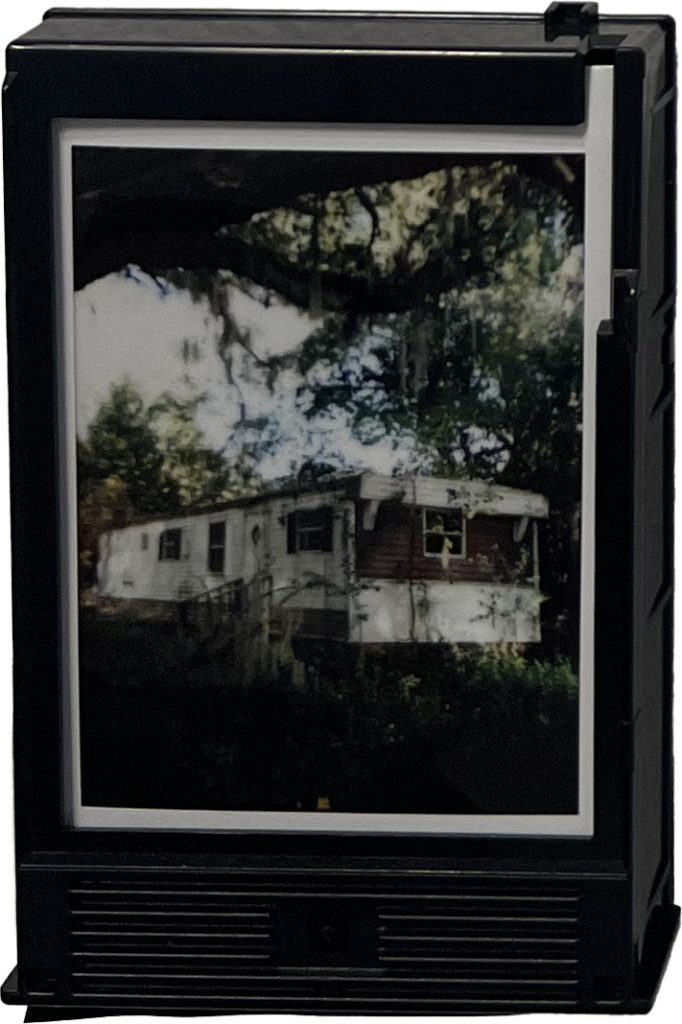
Overgrown Home (Charleston, SC)
Posted (Moncks Corner, SC)
Single Wide (Myrtle Beach, SC)
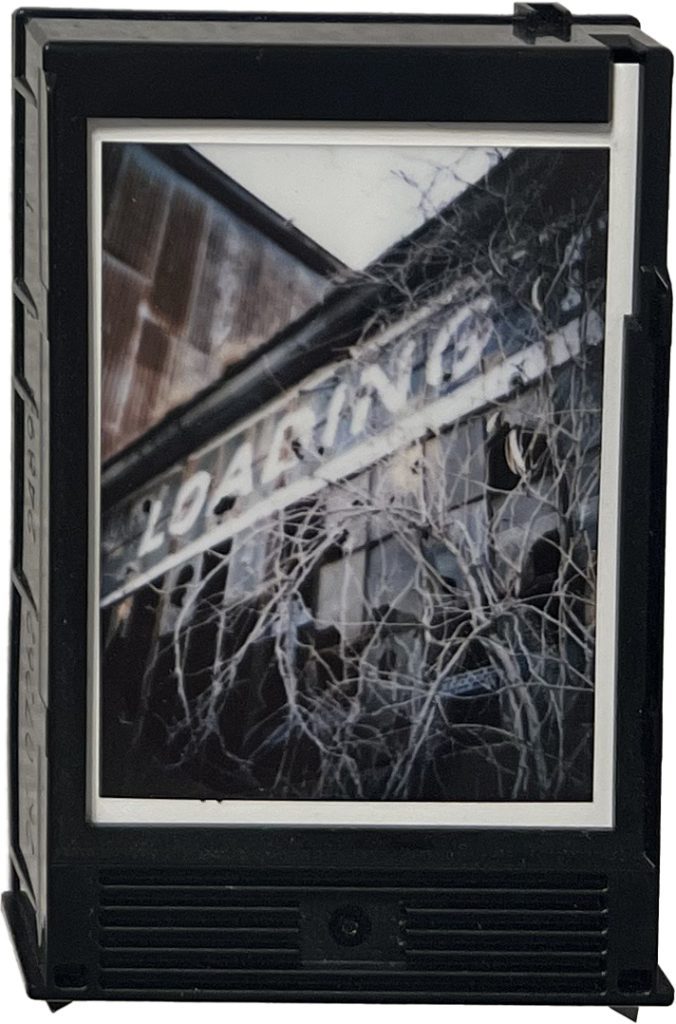
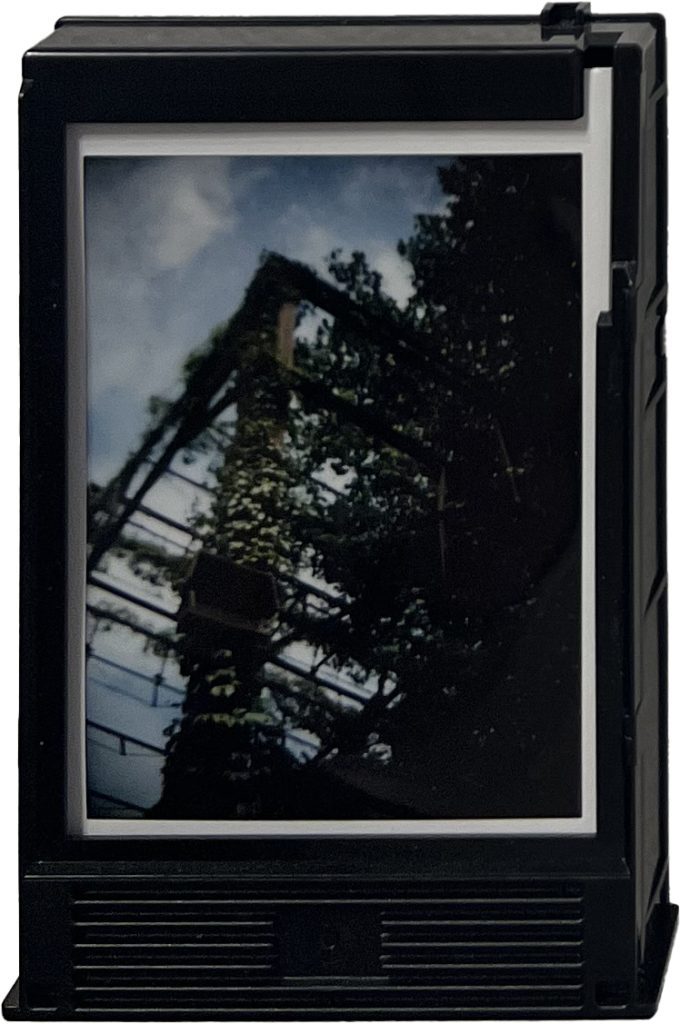
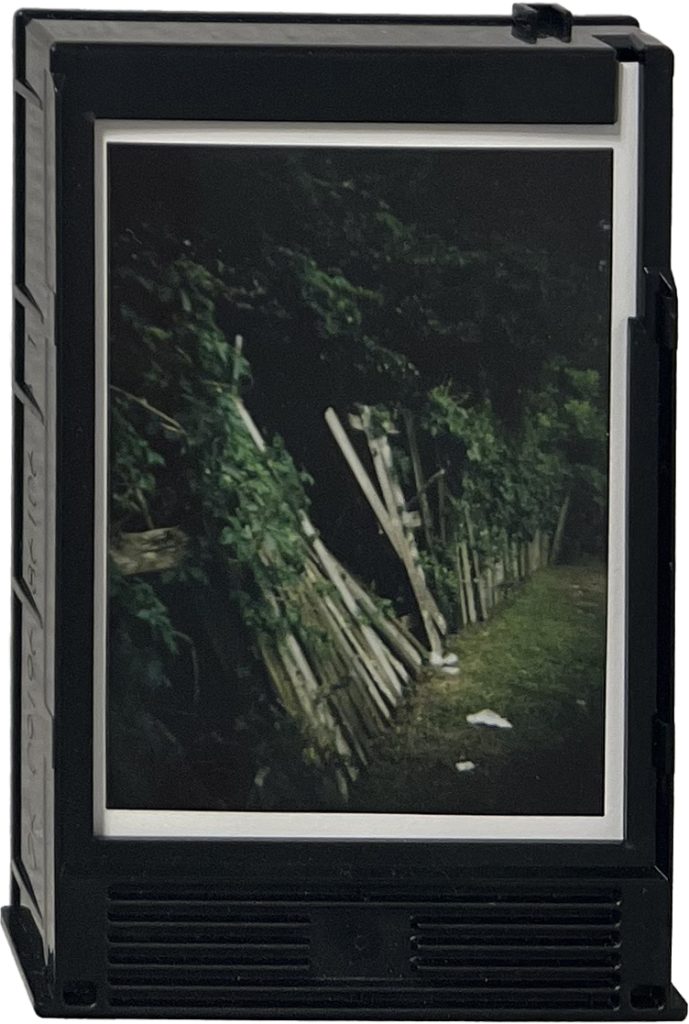
Loading (Tulsa, OK)
Tower w/vines (Richmond, VA)
Broken Fence (Mobile, AL) SOLD
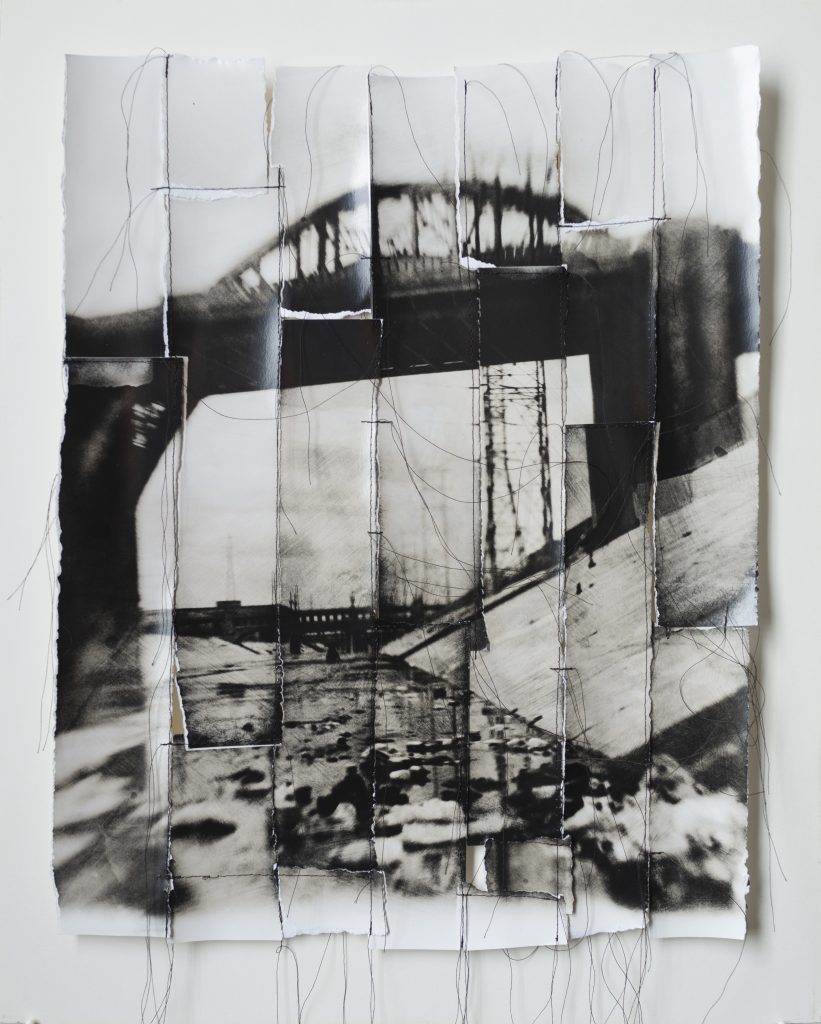
Torn Between
Michelle Robinson
Silver gelatin prints, thread
14” x 11”
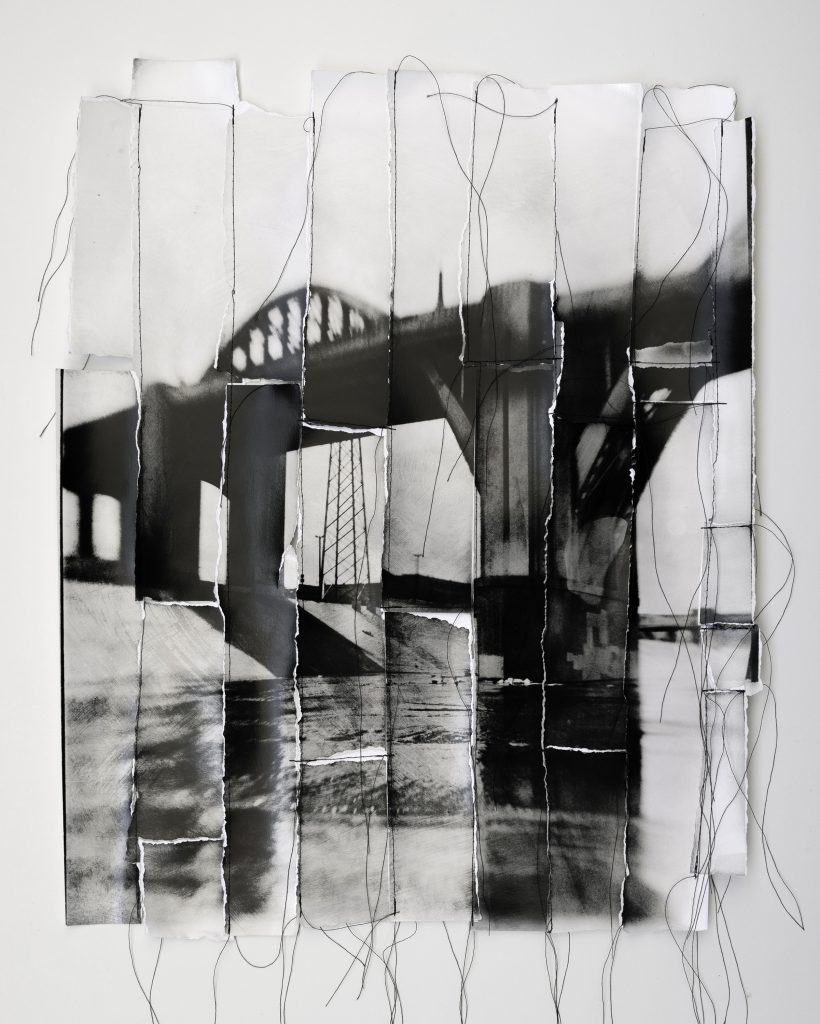
6th Street
Michelle Robinson
Silver gelatin prints, thread
14” x 11”
SOLD

Invasive
Michelle Robinson
Muslin, twine, embroidery floss, encaustic wax, pigment stick
Dimensions variable
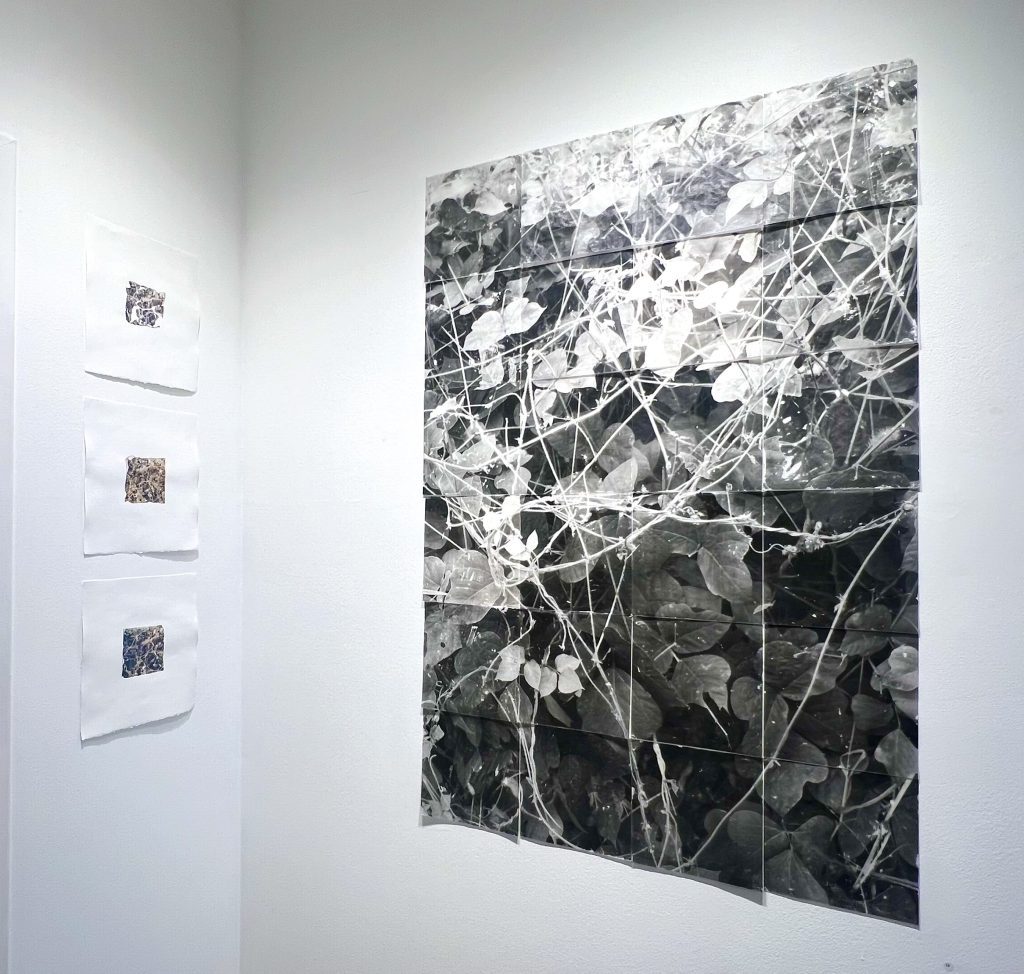
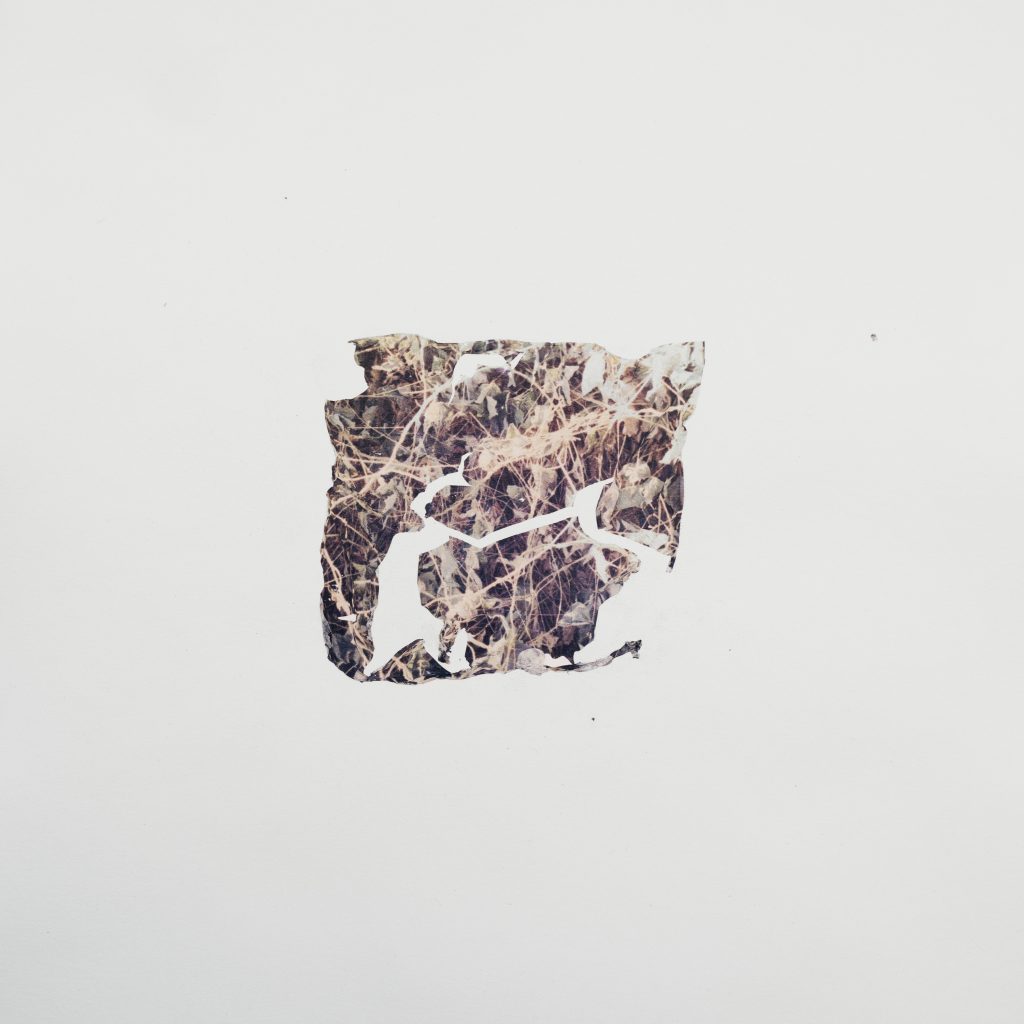
Withering 4
Michelle Robinson
Emulsion lift transfer on paper
11” x 10”
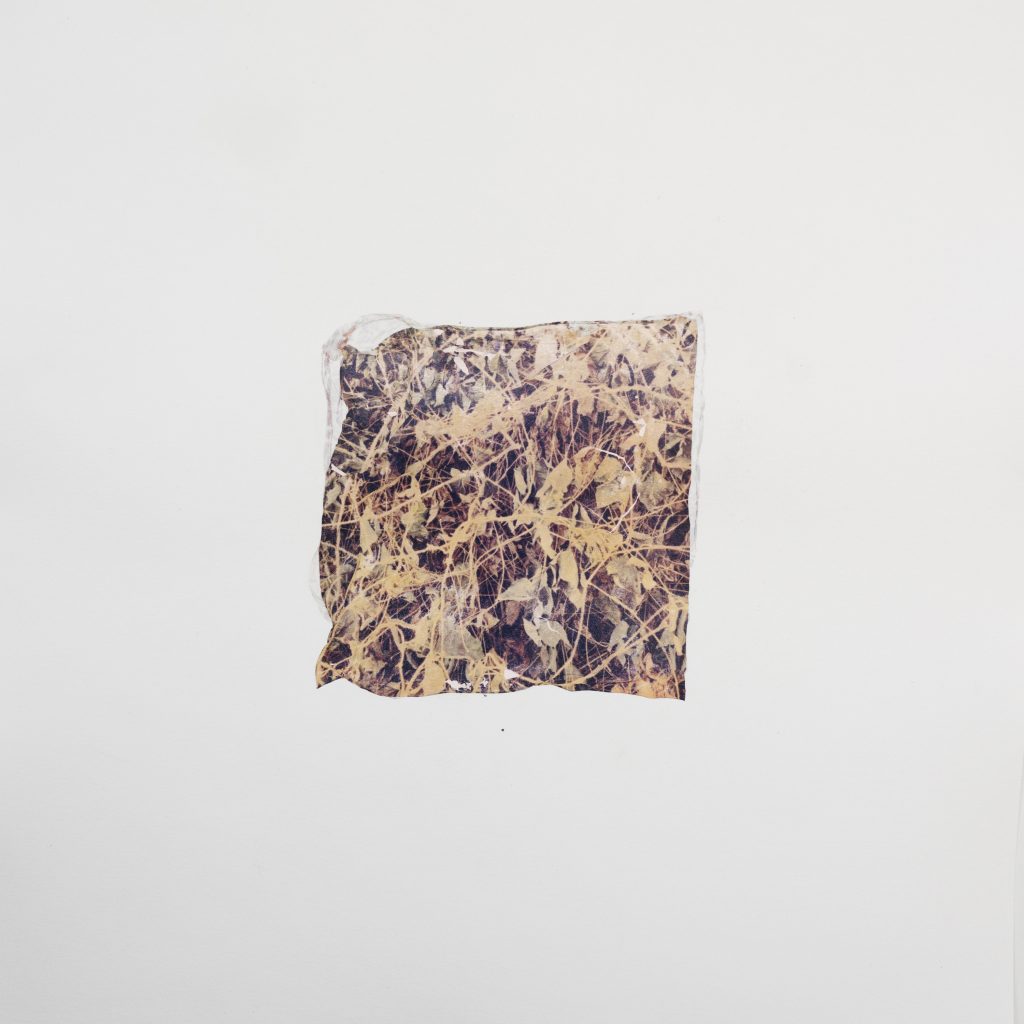
Withering 2
Michelle Robinson
Emulsion lift transfer on paper
11” x 10”

Withering 1
Michelle Robinson
Emulsion lift transfer on paper
11” x 10”

Verdancy
Michelle Robinson Encaustic photo transfer on tracing paper
49” x 32 ½“

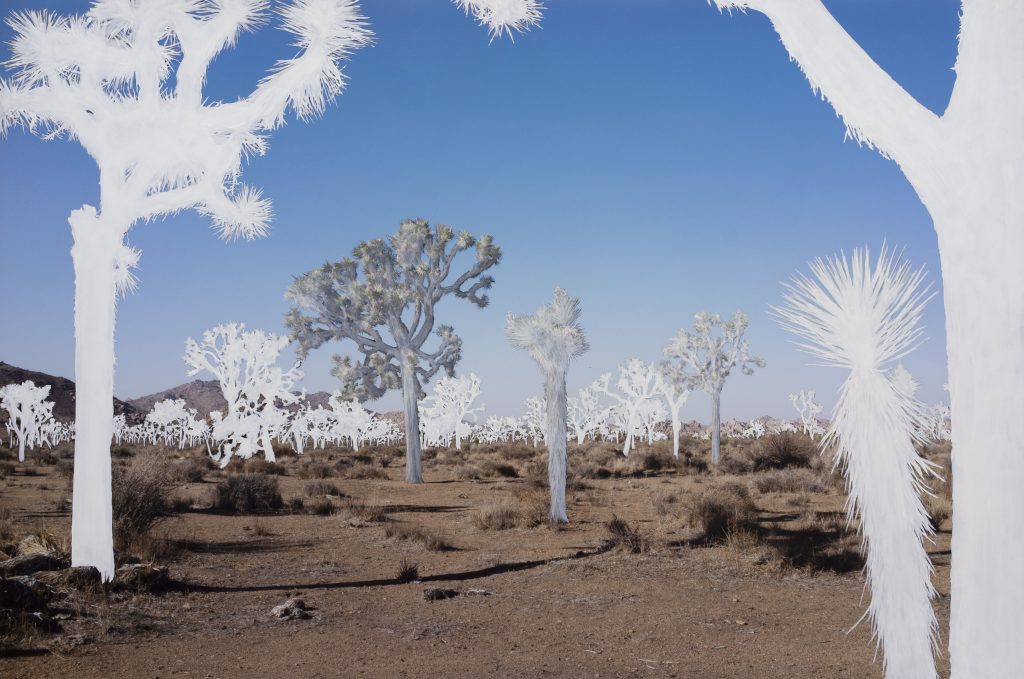
Ghosts 3
Michelle Robinson Acrylic paint on archival pigment print 16” x 24”
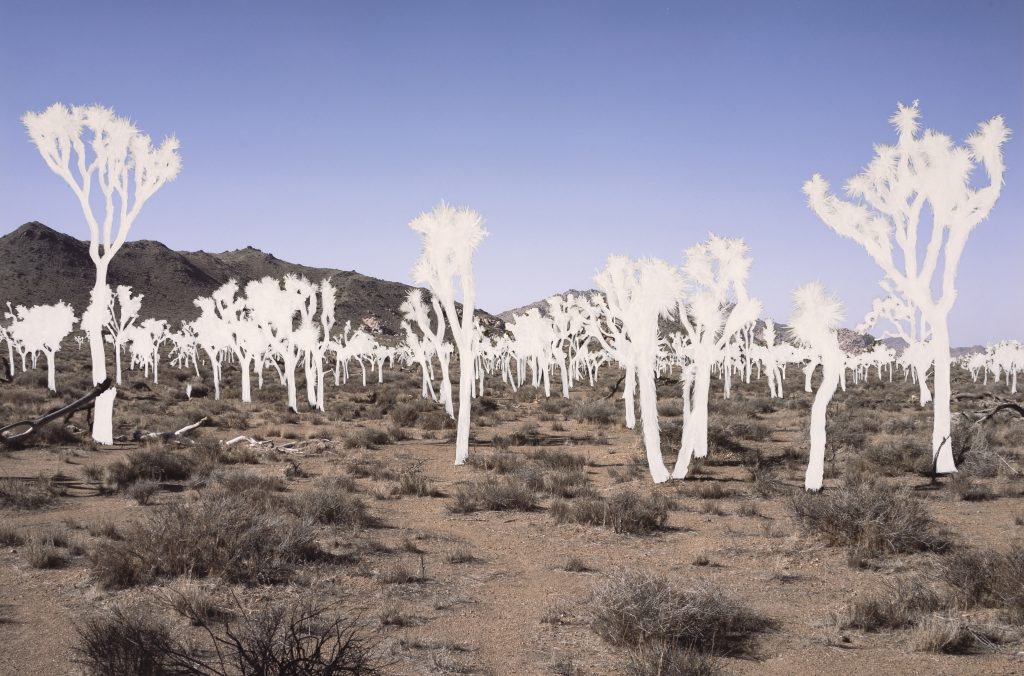
Ghosts 1
Michelle Robinson Acrylic paint on archival pigment print
Image: 16” x 24”
Framed: 19 x27”x2”
The Decaying Moment
Andrew Takeuchi Instax photographs mounted in spent Instax cartridges. Each 3½” x 2¼“
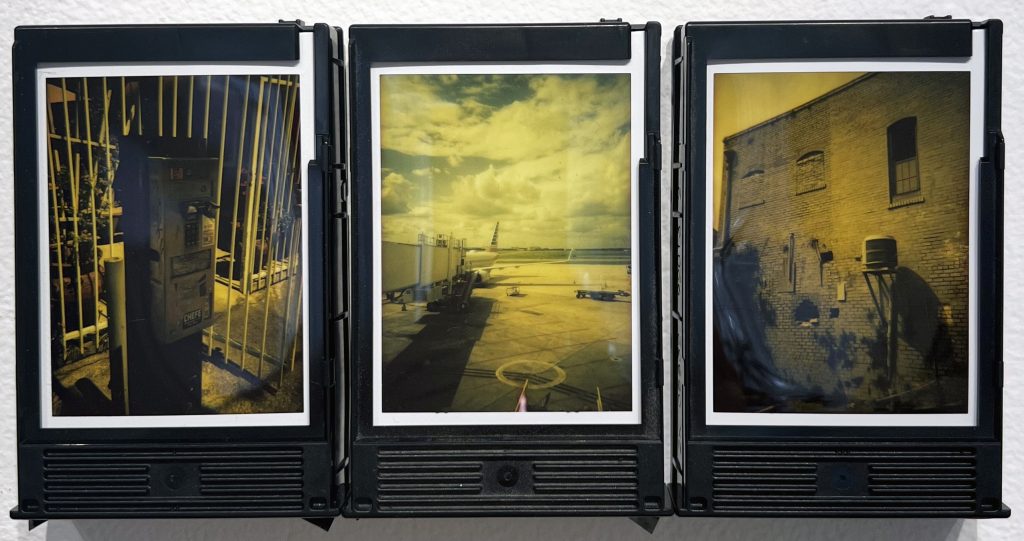
from left
Payphone Yellow (Echo Park, CA)
Flight Delays (Charleston, SC)
Fern Wall (New Orleans, LA)
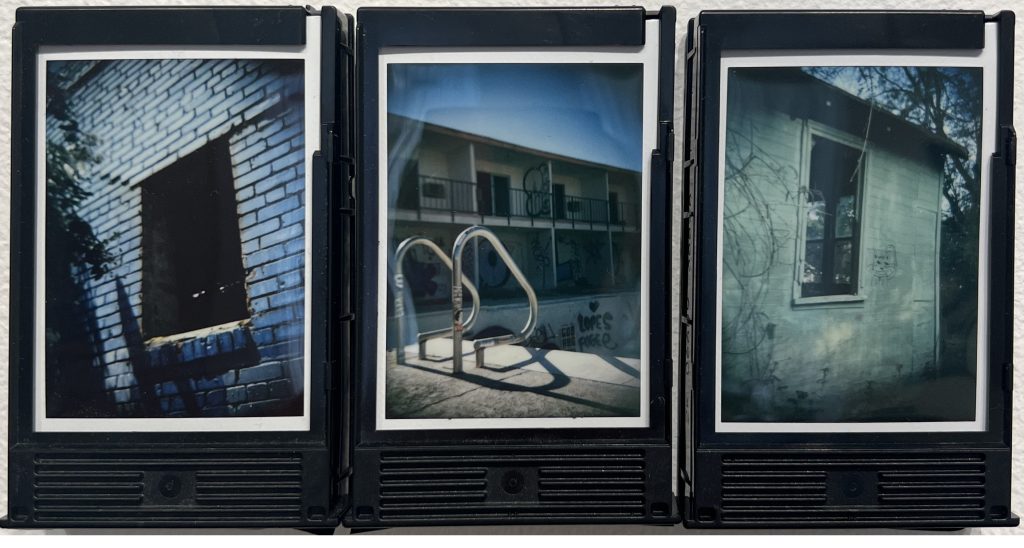
from left
Blue Window (Richmond, VA)
Royal Hawaiian pool (Baker, CA) SOLD
Window w/cat (Moncks Corner, SC)
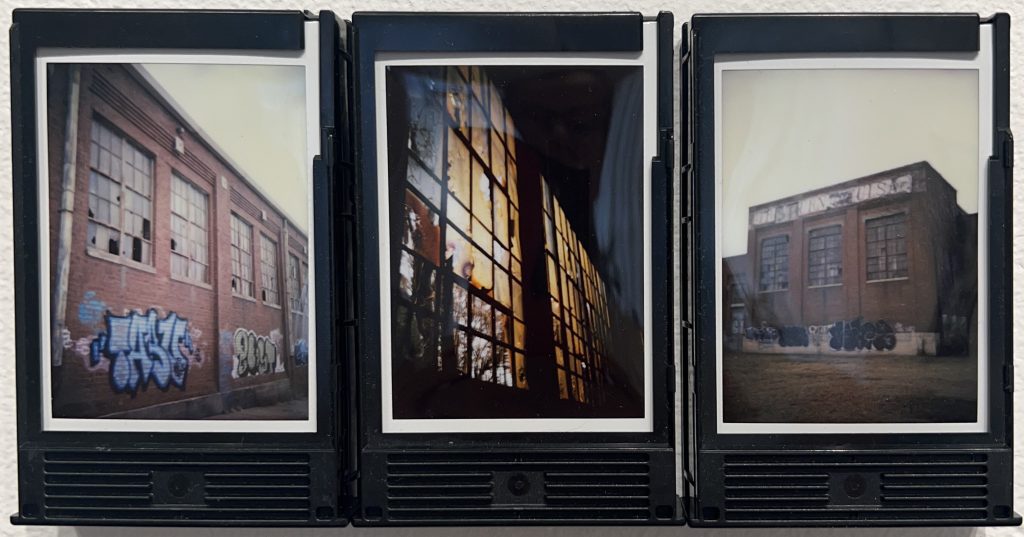
from left
Broken Windows (Tulsa, OK)
Dusty Windows (Tulsa, OK)
Don Pollo (Atlanta, GA)
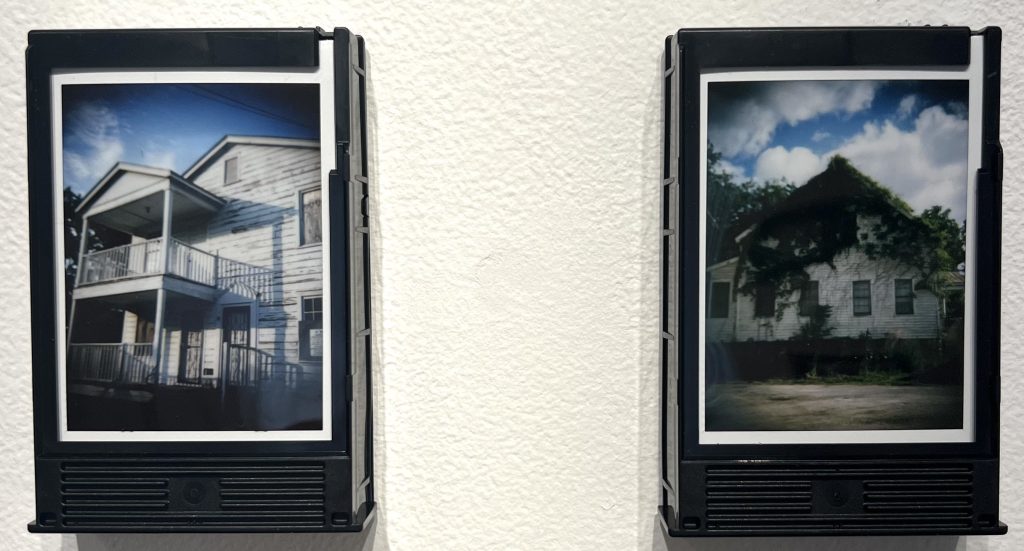
from left
Shadow railings (Charleston, SC)
Abandoned House wide (Pineville, SC)
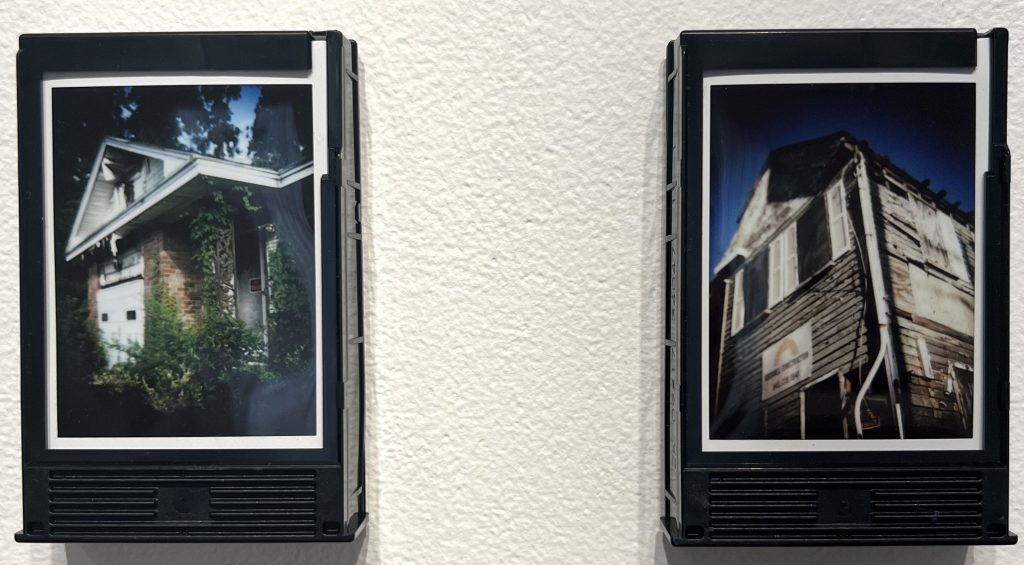
from left
Abandoned House (Moncks Corner, SC)
Condemed House (Charleston, SC)

from left
Borded up House (Charleston, SC)
Overgrown House (Moncks Corner, SC)
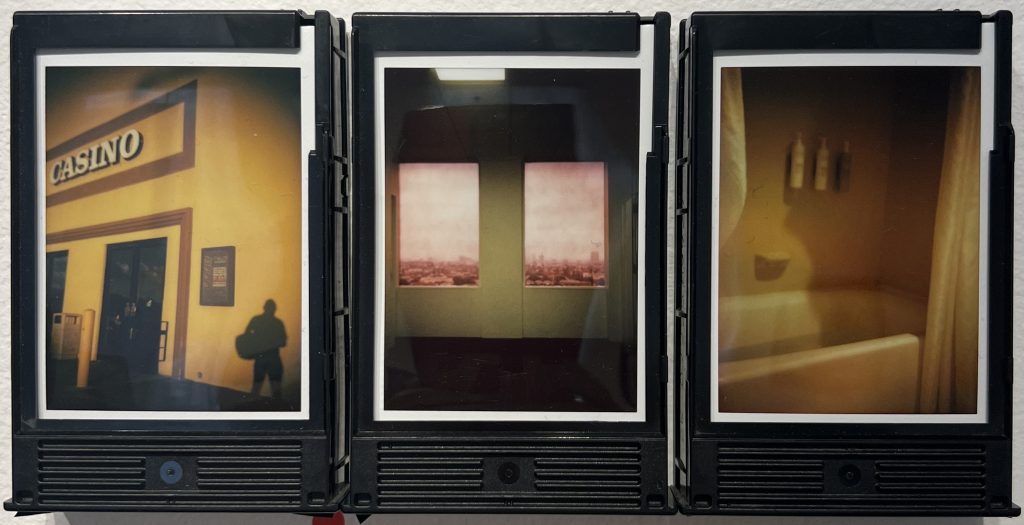
from left
Casino / Self portrait (Pahrump, NV) SOLD
Magenta Windows (Los Angeles, CA)
Yellow Bath (Greeley, CO)
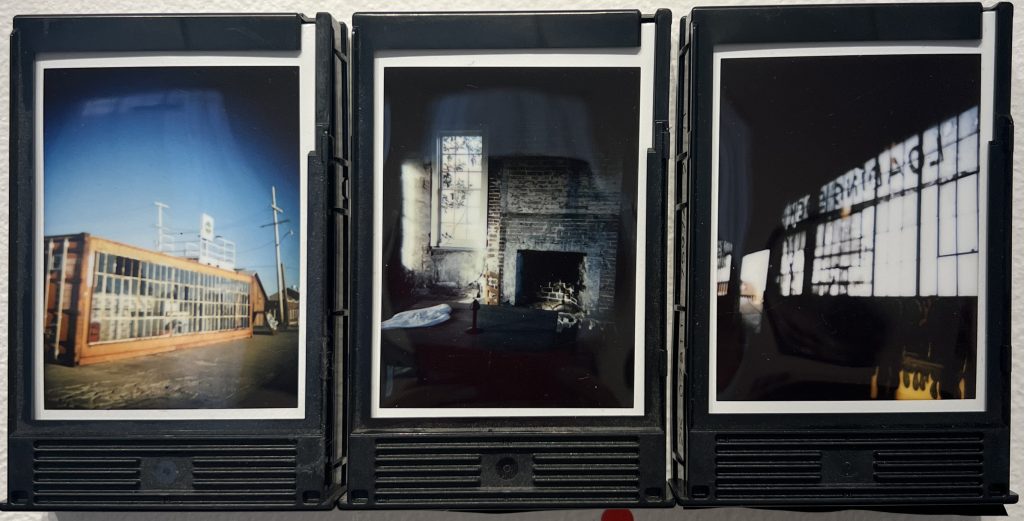
from left
Broken Windows (Tulsa, OK)
Slave Quarters (Charleston, SC) SOLD
Loading windows (Tulsa, OK)
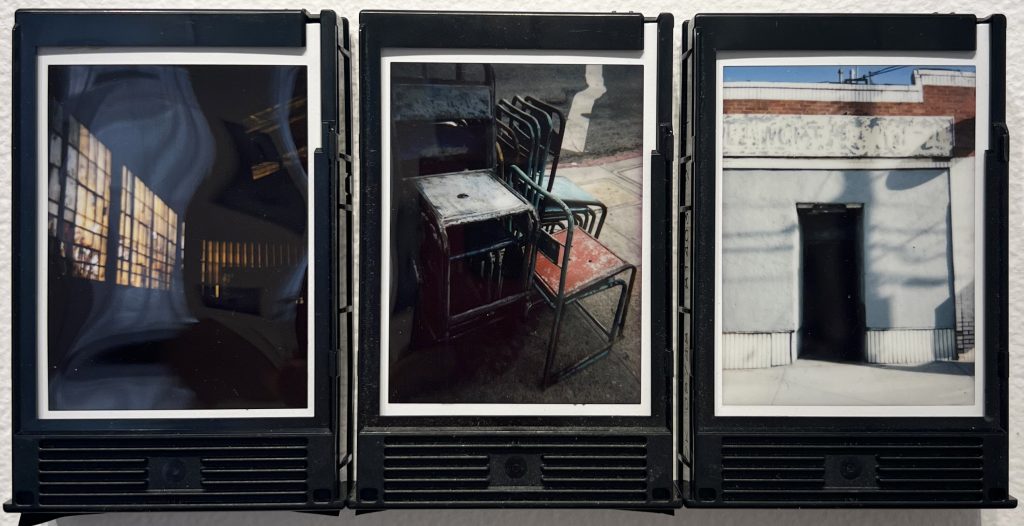
from left
Warehouse windows (Tulsa, OK)
Chairs (Los Angeles, CA)
Doorway (Koreatown, LA, CA)


Receding
Michelle Robinson
Encaustic photo transfer on tracing paper, thread
16” x 30” (variable)

What is Not Observed 2
Michelle Robinson
Silver gelatin prints, cheesecloth, canvas, thread 20” x 20”

What is Not Observed 6
Michelle Robinson Encaustic photo transfer, pigment stick, graphite, cheesecloth, canvas, thread 20” x 20”
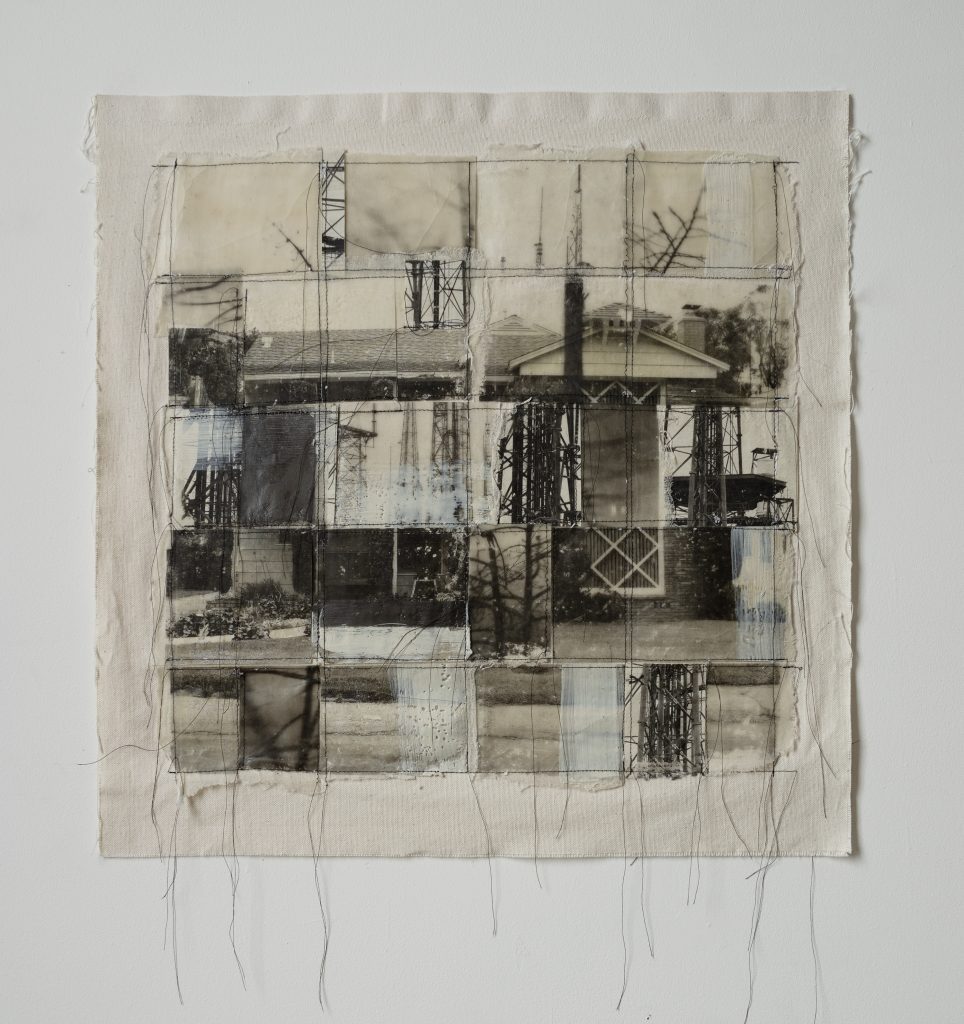
What is Not Observed 1
Michelle Robinson
Toned silver gelatin prints, cheesecloth, canvas, thread
20” x 20”
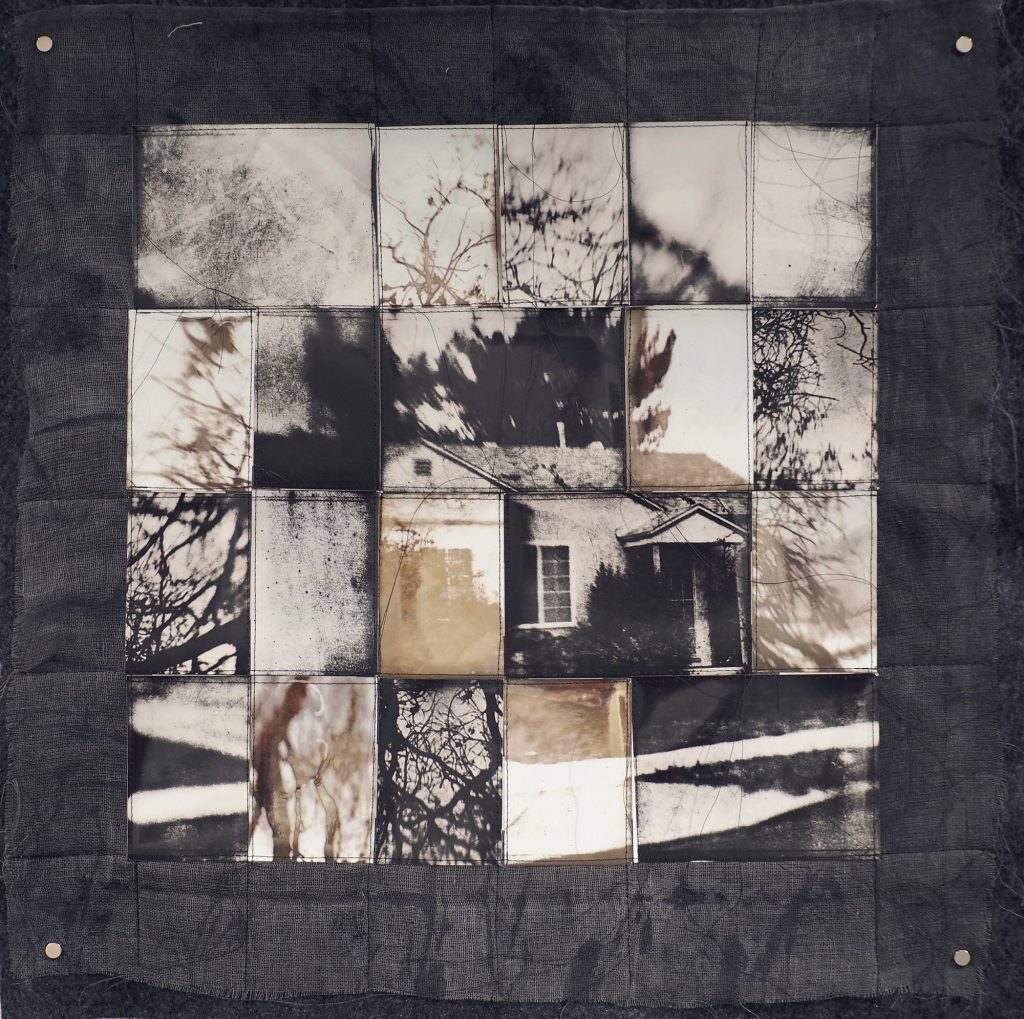
What is Not Observed 3
Michelle Robinson
Silver gelatin prints, cheesecloth, felt, thread
20" x 20"
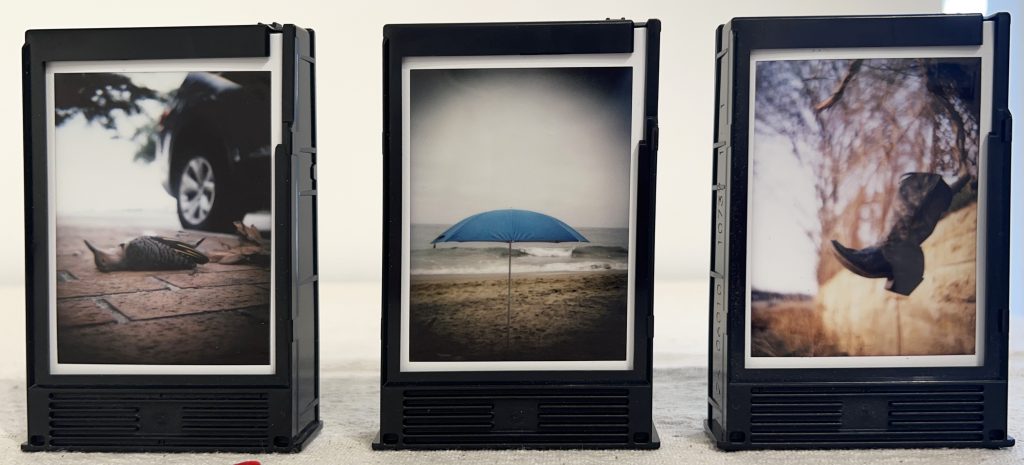
from left
Still Life (Richmond, VA) SOLD
Umbrella (Malibu, CA)
Boot on Wall (Tulsa, OK) SOLD

Tree in Lake (Bonneau Beach, SC)
Andrew Takeuchi
Digital print on aluminum
14” x 11” x ½“
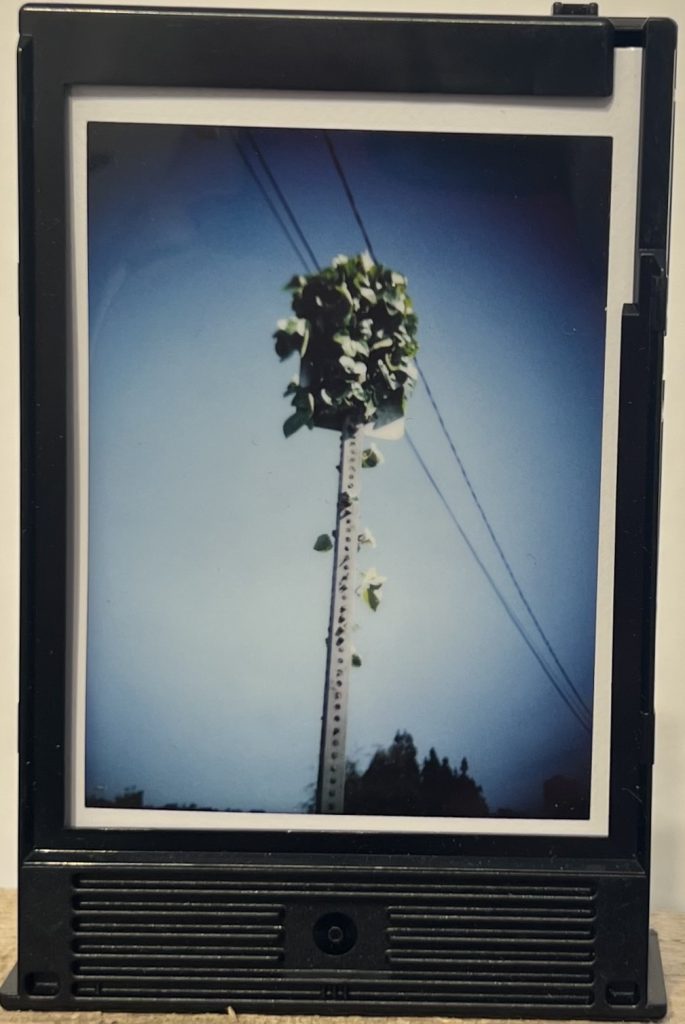
Vine Sign (Los Angeles, CA)
Andrew Takeuchi
Instax photograph
3½” x 2¼“
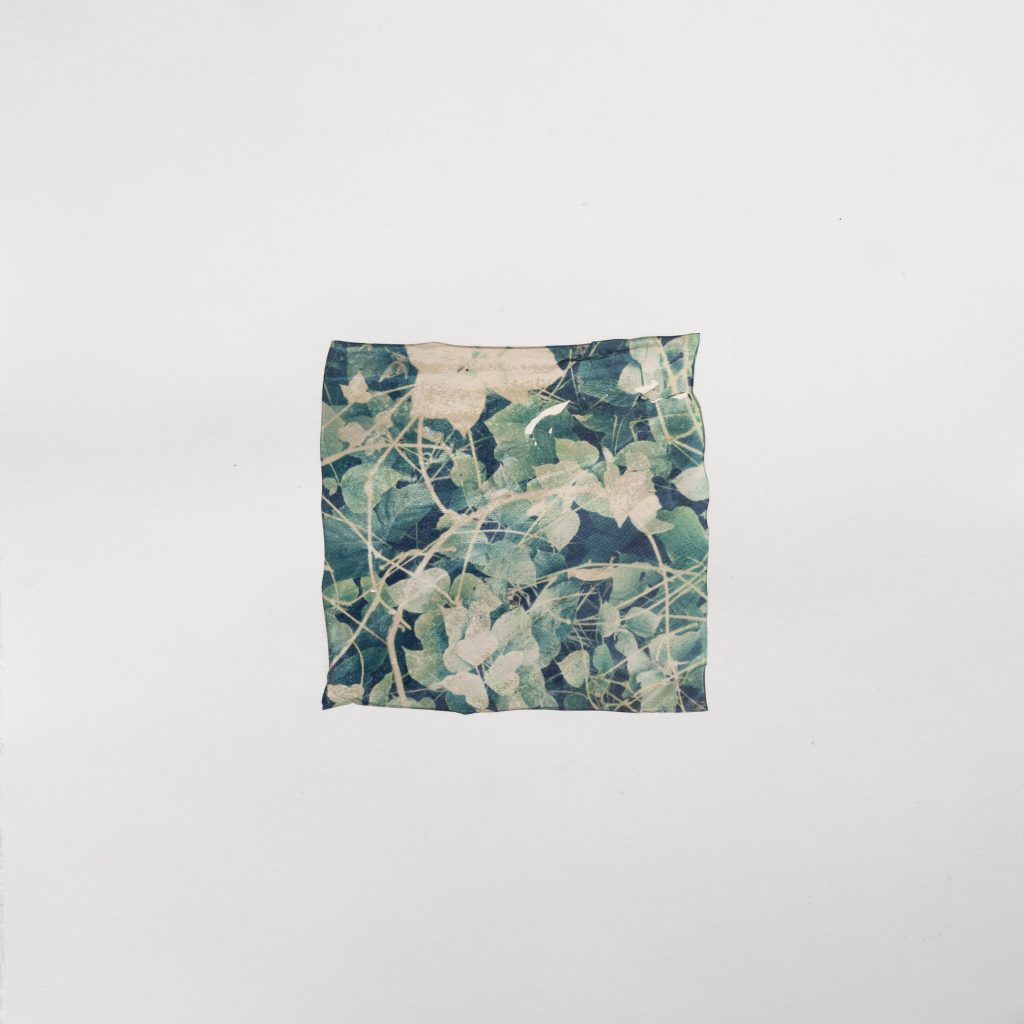
Flourishing 1
Michelle Robinson
Emulsion lift transfer on paper
11” x 10”
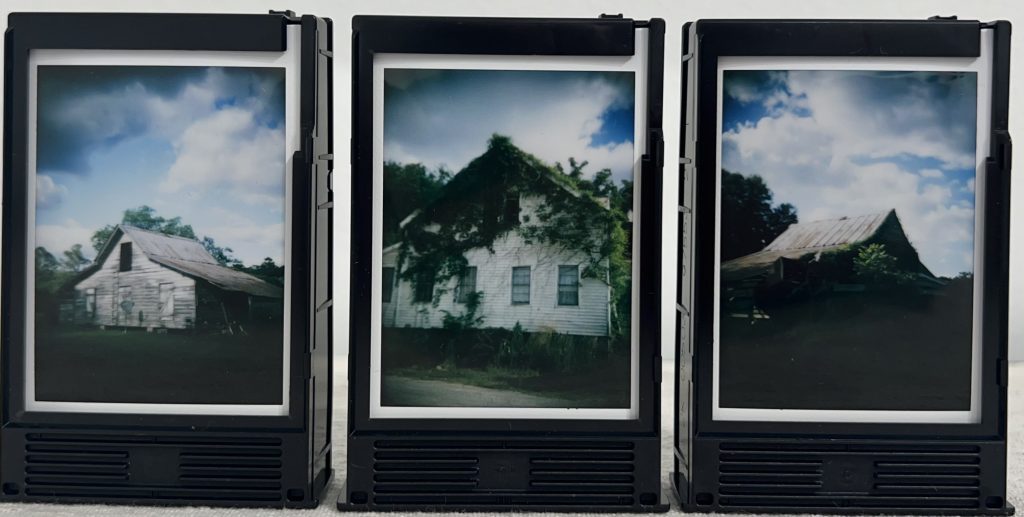
from right
Farmhouse (Pineville, SC)
Abandoned House (Pineville, SC)
Farmhouse 2 (Pineville, SC)
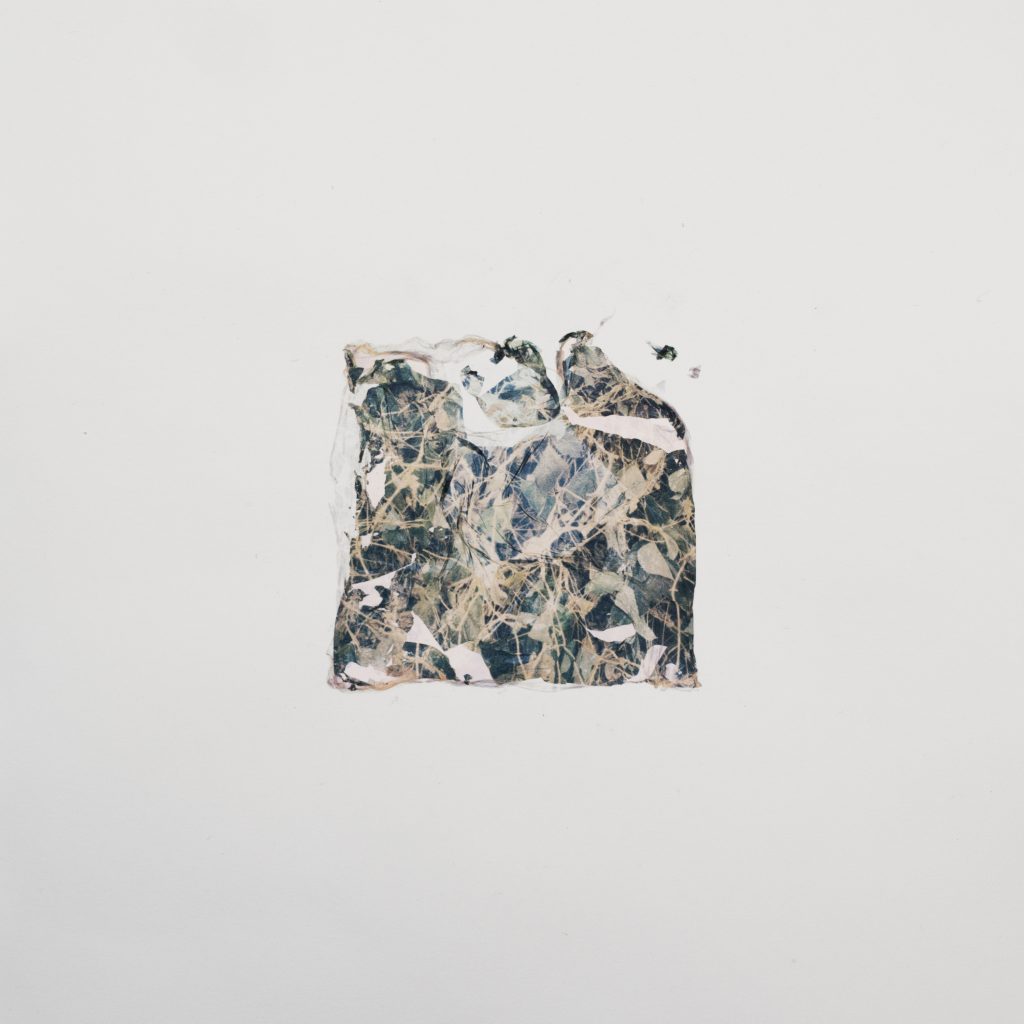
Withering 3
Michelle Robinson
Emulsion lift transfer on paper
11” x 10”
SOLD
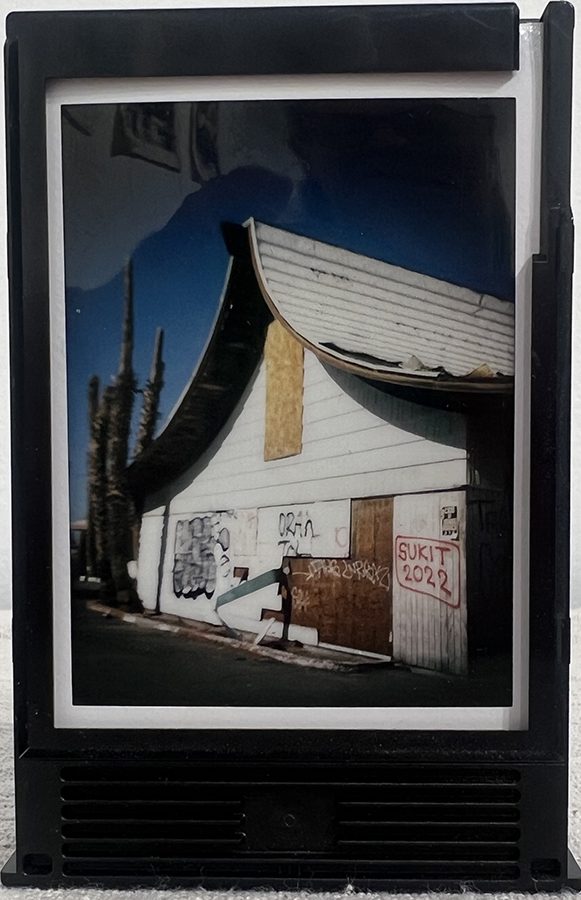
Royal Hawaiian office (Baker, CA)
Andrew Takeuchi
Instax photograph
3½” x 2¼“
$40
SOLD
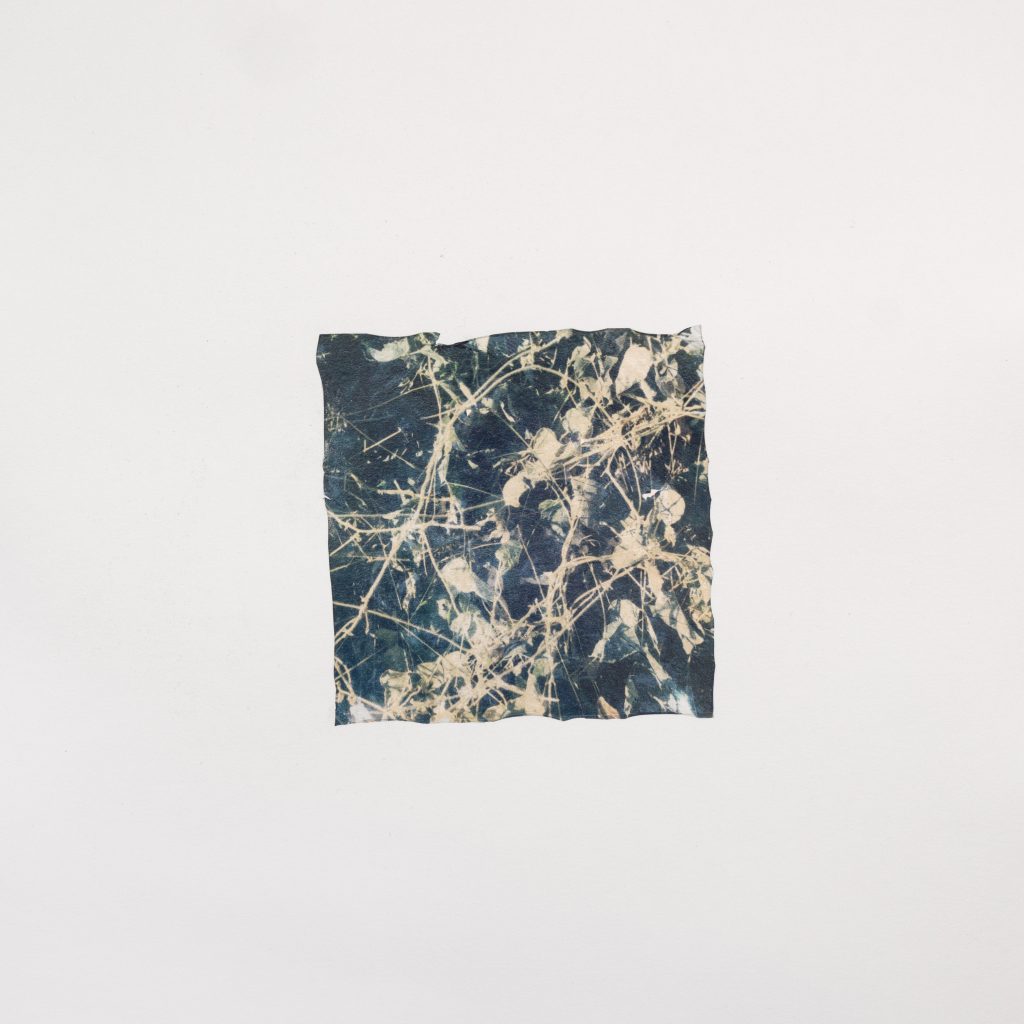
Flourishing 2
Michelle Robinson
Emulsion lift transfer on paper
11” x 10”

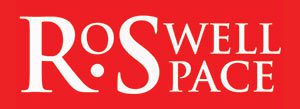
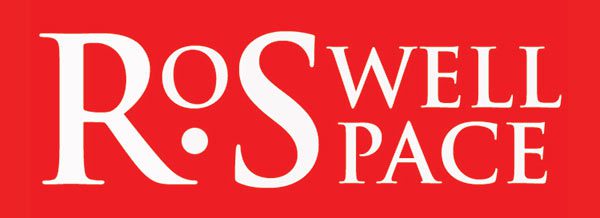
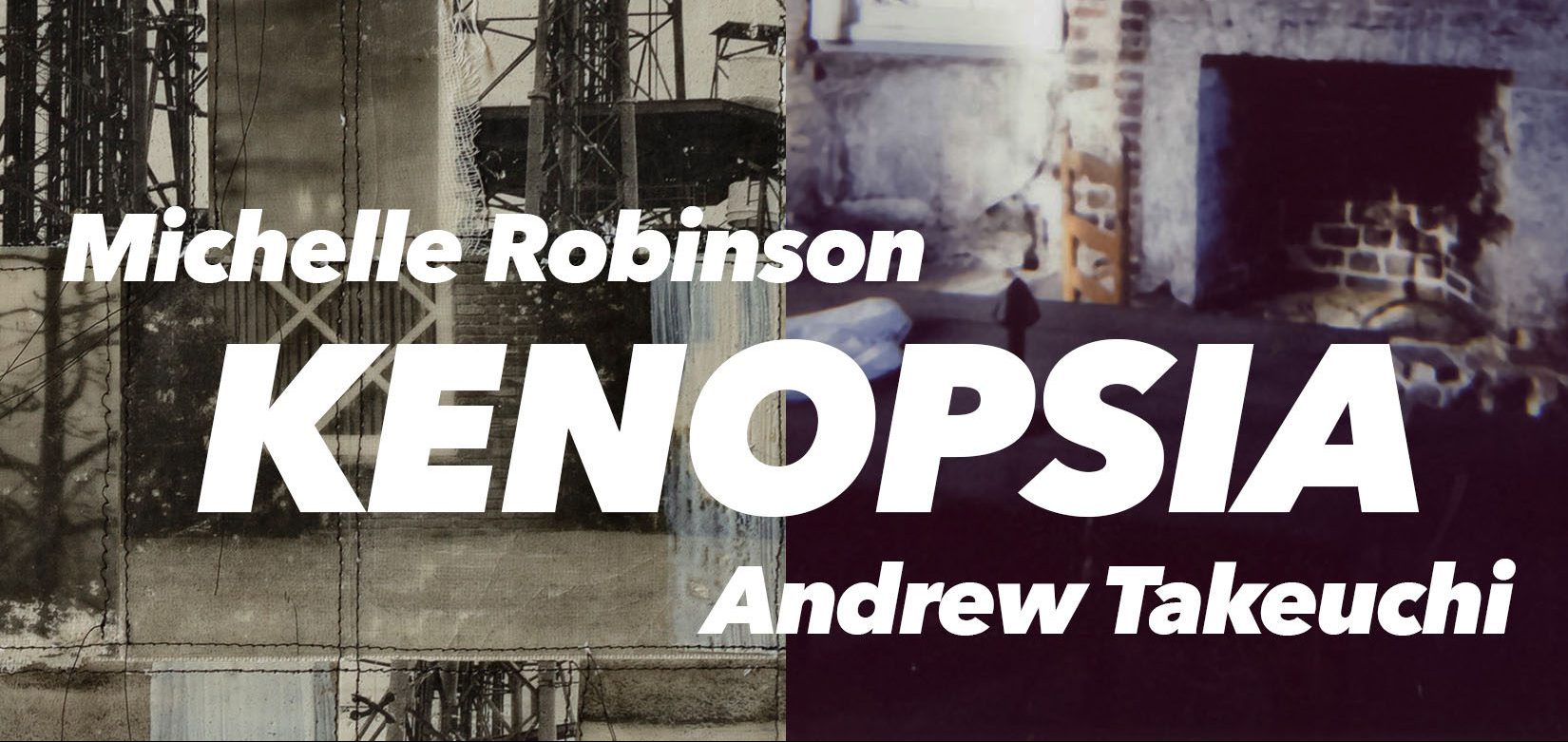
I loved this show! Here’s a few thoughts I jotted down about the work:
In “Kenopsia,” a thought-provoking exhibition at Roswell.Space, Michelle Robinson and Andrew Takeuchi explore two lines of inquiry into the nature of memory, time and perception, in particular the emptiness of places once occupied or inhabited, but now devoid of human presence: the titular attribute of the show, kenopsia. Though both are based in photography, each artist employs the medium in markedly different fashion, yielding an intriguing counterpoint. Approaching their respective projects with systemic organization – Robinson uses the grid in much of her work – both artists create taxonomies of visual recall, using cultural and emotional detail to articulate their ideas.
With “The Decaying Moment,” the title of his body of work, Takeuchi takes a documentary approach, forgoing nostalgia or sentimentality, seeing instead in the decrepit signage, abandoned buildings, and eerie scenes of nature he photographs a kind of neo-monumentality, the ghosts of businesses and dwellings now empty. For him the past is a visual data mine from which he can capture – an apt descriptor of his methods – visually arresting moments of that era. The images function at a remove, privileging appearance over essence, and his media is an interesting choice for this approach: contemporary instant-photo images, made with a modern camera designed to look like a vintage twin-lens reflex. The camera is somewhat unpredictable, with occasional effects such as light leaks, and virtually omnipresent vignetting; the artist also introduces variables like color filters to further affect the final images.
The small photos, about the size of a credit card, echo Takeuchi’s approach of a collector or cataloger of images. All vertical in format, presented in a grid on the wall, each photo is inserted into a film cartridge, its glossy surface making of each picture a little vitrine, as though displaying its image like a visual specimen. The resulting images are seductive in their color and diminutive, almost precious size. Ranging from deep saturation to almost monochrome, the photos present places that are sometimes in the grip of decay, while other images are studies in the quiet mystery of nature. “Trees in Swamp (Columbia, SC),” is a haunting meditation on a mysterious forest in a swamp, while “Desert Home (CA),” depicting a structure almost archeological in its ruination, conveys a bleak sense of the inexorable decay of time.
His dispassionate approach notwithstanding, Takeuchi nonetheless reveals flashes of humor, as in “Dongs (Tulsa, OK),” a large sign with that word prominent at the top, and below, a message board proclaiming “Glock Sale!”, from which hangs a graphic of a revolver. The irony is rich with this one. “Mannequin in Grass (Los Angeles, CA),” an outdoor study of two mannequin torsos that were left on a lawn near the artist’s home, suggests an enigmatic encounter between the figures.
For Michelle Robinson, places and emptiness have a more immediate and emotional component, finding the tension between the industrial, natural, and personal forces in her own experience. She photographs moments of transition: When does the present turn into the past? What is the moment when decay begins? Robinson’s pursuit of that ultimately unknowable process leads to intriguing application of her materials, which resonate with those concerns. The artist uses a film camera and a darkroom, high-touch processes that allow random or unexpected effects; those photos then become part of larger works. After the initial photos are printed, Robinson employs any number of other media to create the artwork, including encaustic (a beeswax-based medium, which appears frequently in her work), sewing, and Polaroid image transfers (the last medium an interesting overlap with Takeuchi’s photos).
Her work uses the stark poetics of monochrome (apart from the Joshua Tree photographs and the paintings of the powerline towers) to pare down the essence of each image, an unblinking examination of the narratives contained there. Next to the hermetic array of Takeuchi’s images, Robinson’s photos undergo hands-on changes and manipulation: in two evocative studies of the old 6th Street bridge, she tore photo paper into vertical strips, then exposed and developed the torn paper. Those torn pieces are reassembled by being sewn back together onto cheesecloth and unstretched canvas, somewhat larger that the photo, providing a border for the image. The rejoined images capture something of the subject, a monumental structure slowly and literally disintegrating out of existence.
The artist’s series “What is Not Observed,” four works of quilt-like reassembled photos of older single-family houses, delves into the paradox of the notion of home as a place of safety and even comfort, yet within which bad things can occur. The sewn grid of photos, torn into small squares, juxtaposes the image of a house with images of industrial towers and trees, a literal fracturing of the integrity of the house in the artwork, with random passages of paint and sepia toning echoing the often messy, imperfect reality behind the appearance of the houses.
Two unusual works captivate with their media and subject matter: her “Ghosts” photos, color images of Joshua Trees in the titular national park, reflect Robinson’s concerns with climate change and its ominous effects on all aspects of the environment. Inspired by a study that predicts a catastrophic loss of the Joshua Tree population within the next decade, the artists photographed forests of the trees, and then hand-painted, with white acrylic, over all the trees in each photo. The resulting artwork presents the viewer with a dense spectral panorama of the trees that will be gone, a future-looking kenopsia of a crucial piece of the desert ecosystem. The altered photographs are both beautiful and unsettling.
Robinson also finds a lyricism in her subjects, though. “Sky Saw,” a complex grid of small photos of powerlines and towers, the images heavily manipulated in the darkroom, is a sweeping, swooning composition with its own internal rhythms. The photos subtly vignette the overall composition, a graceful styling that enhances the artwork.
Elegant and sobering, the work in this exhibition is a strong pairing of two compelling artists, an inquisition into the way images can reveal and conceal our notions of memory, experience, and time.
Kenopsia has a closing reception this Sunday, from 2-4 pm, at Roswell.Space, 3050 Roswell St., Los Angeles, 90065